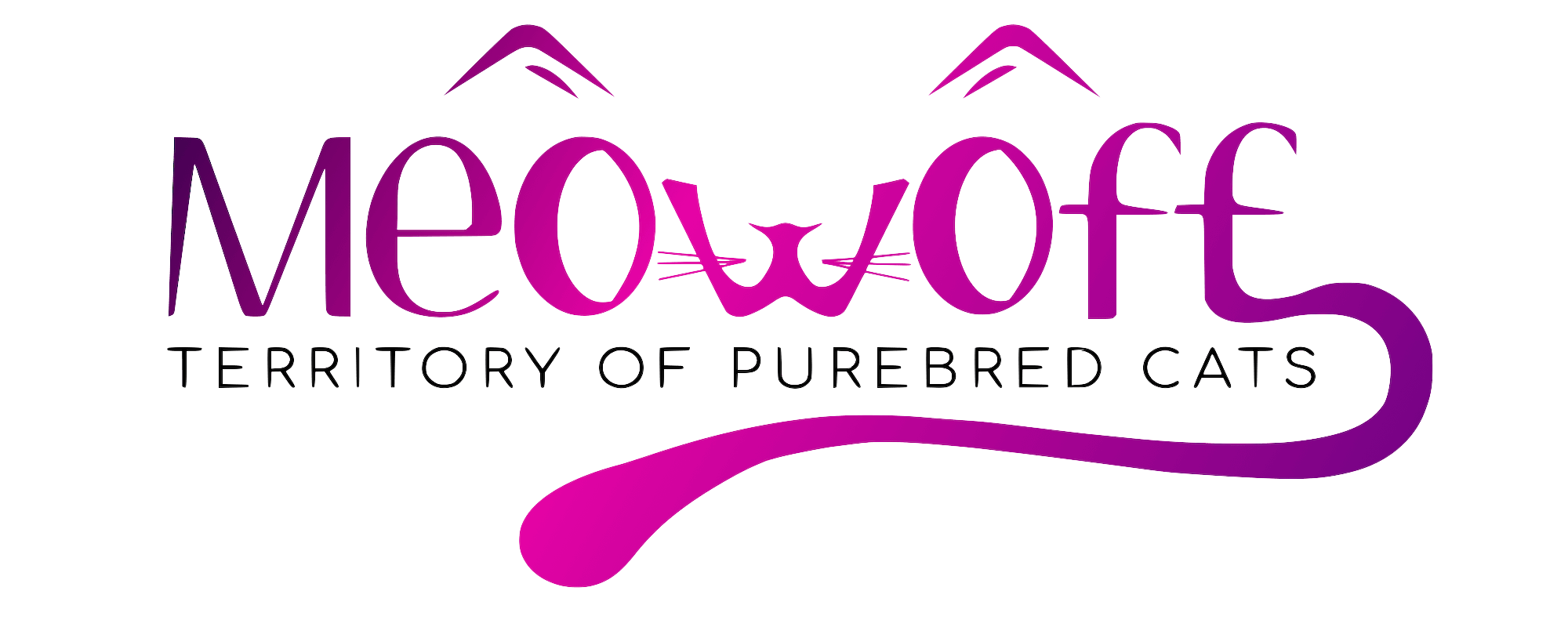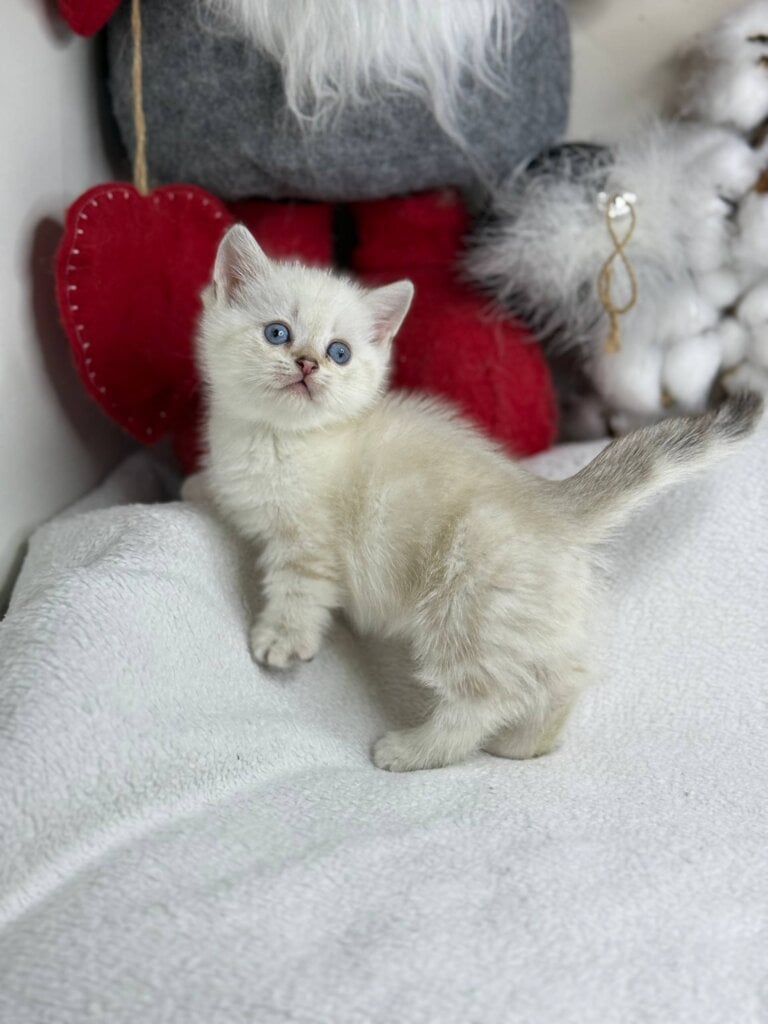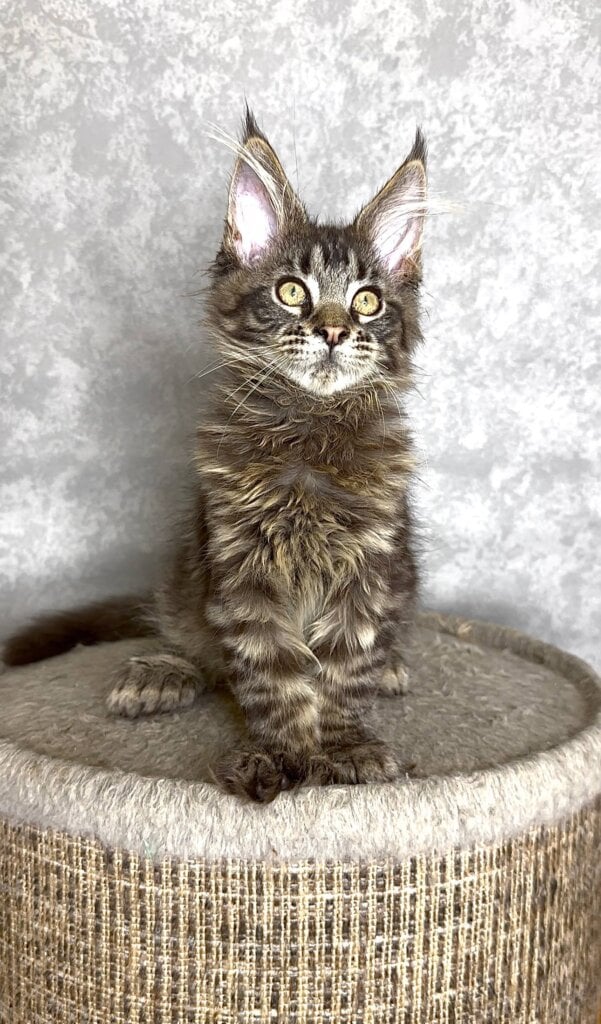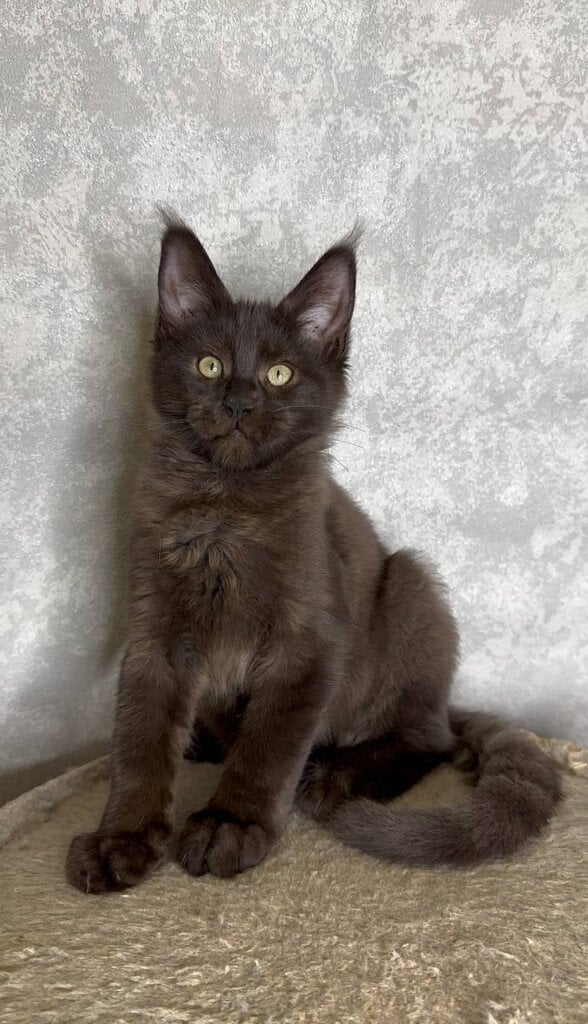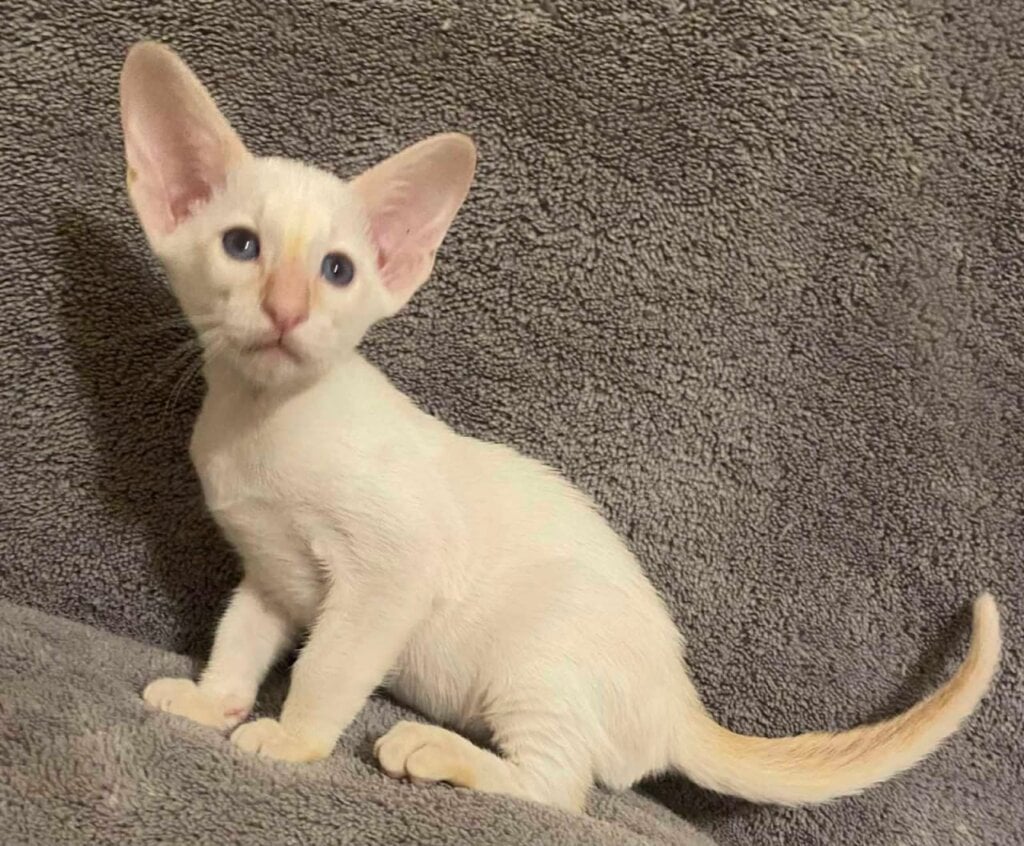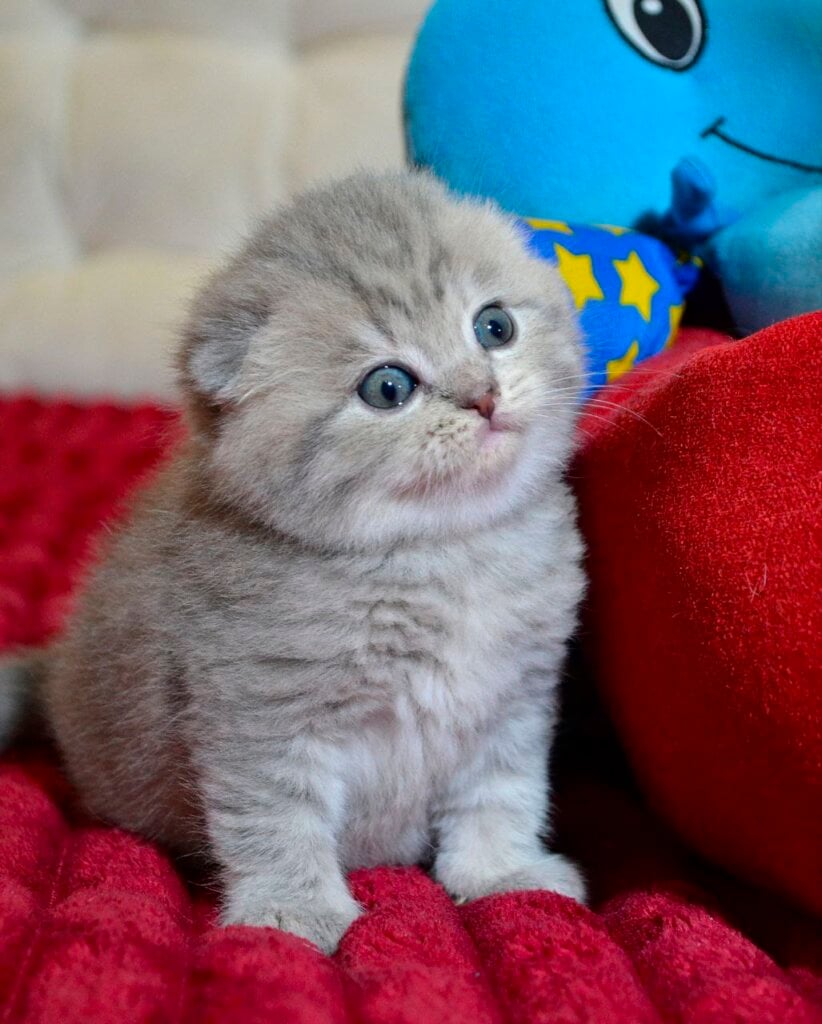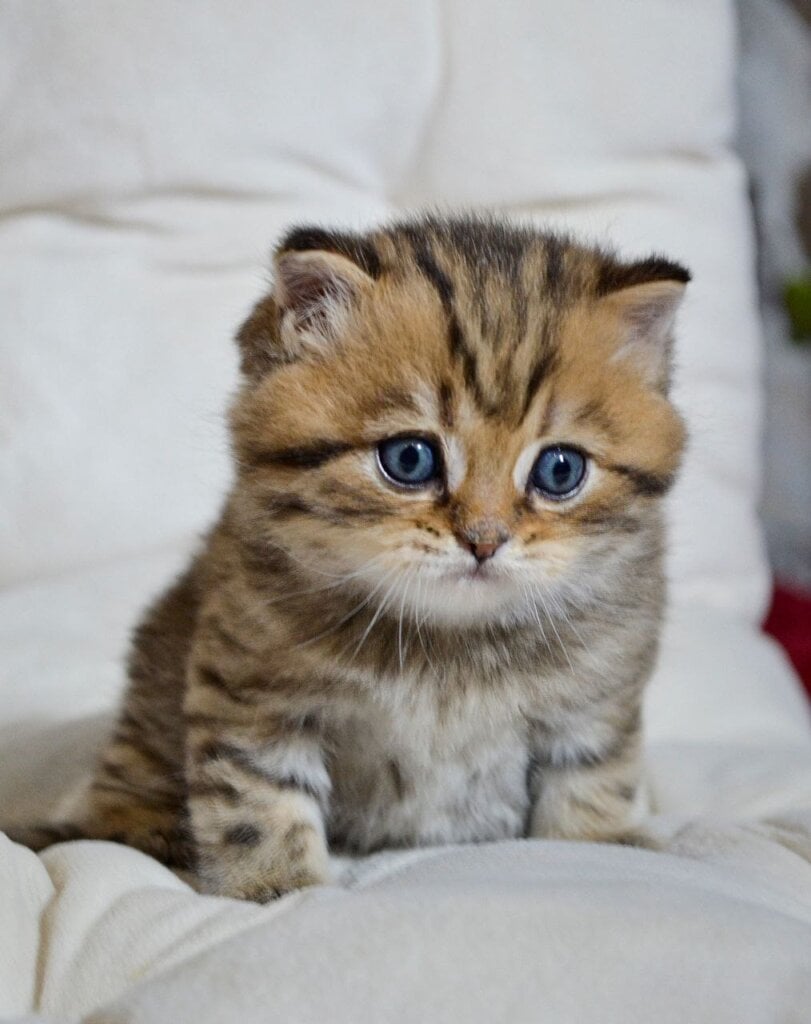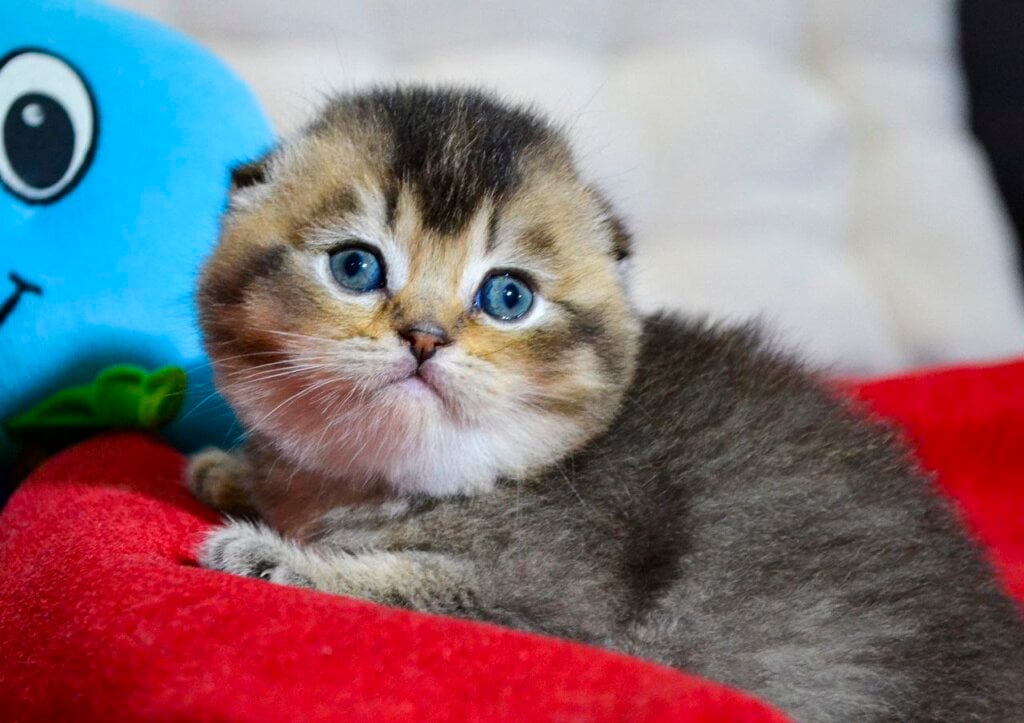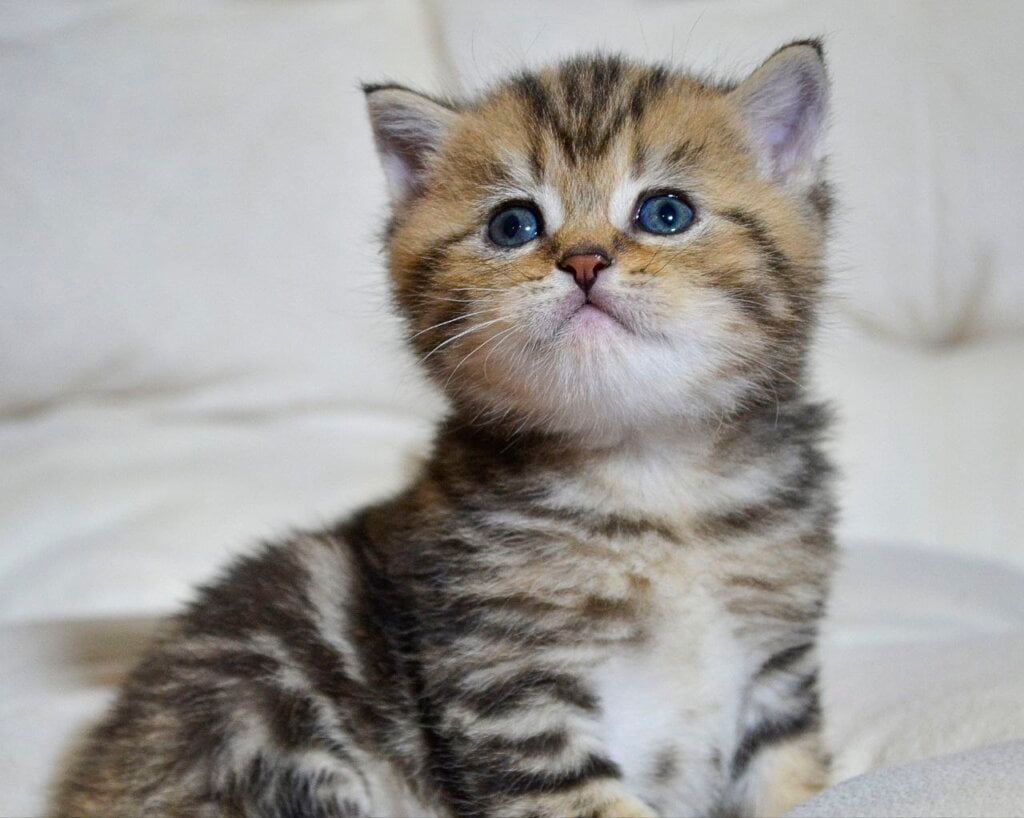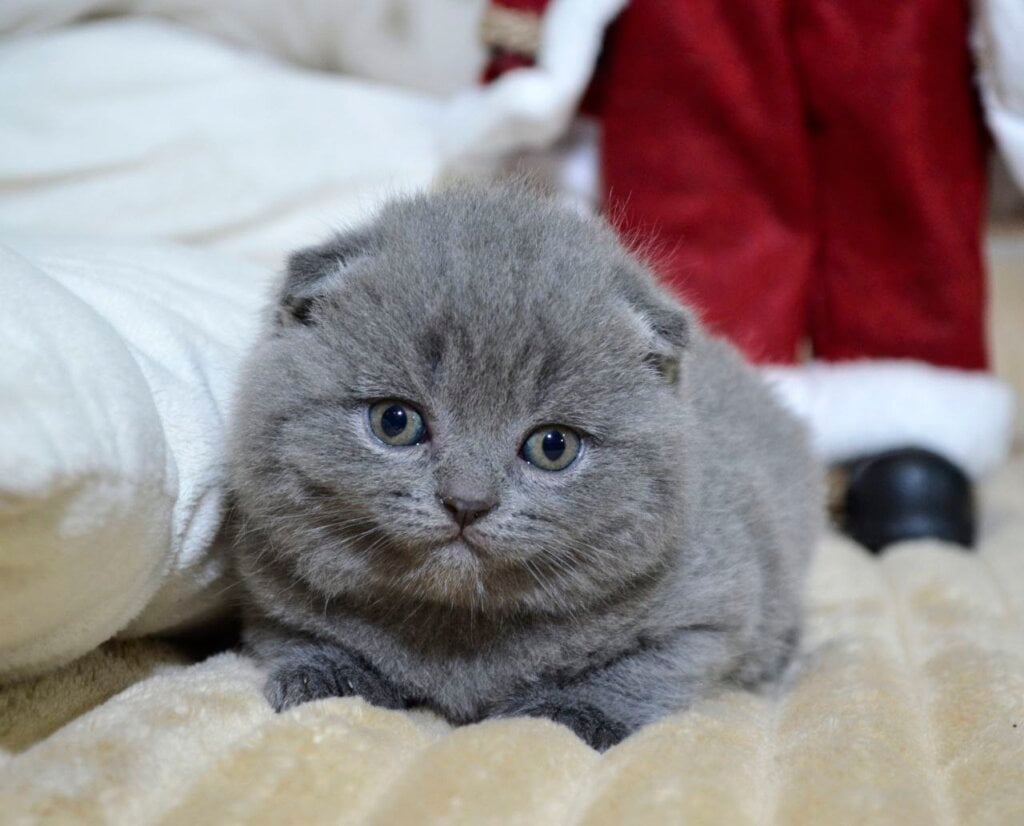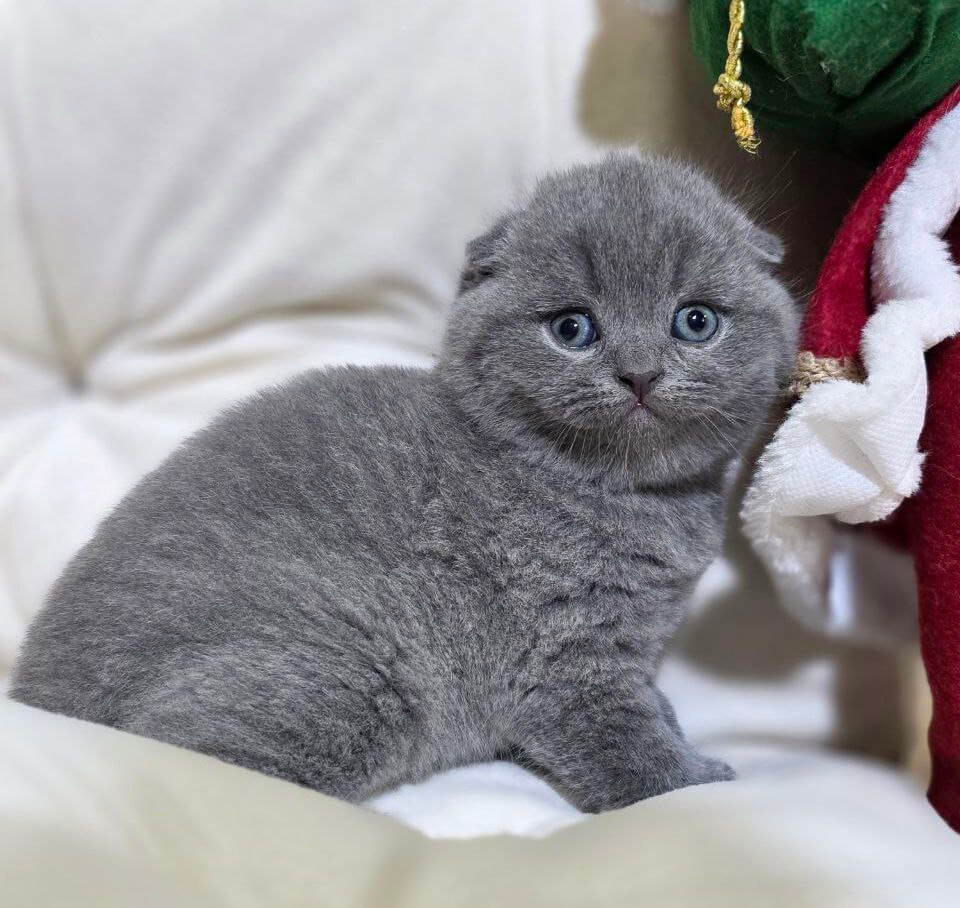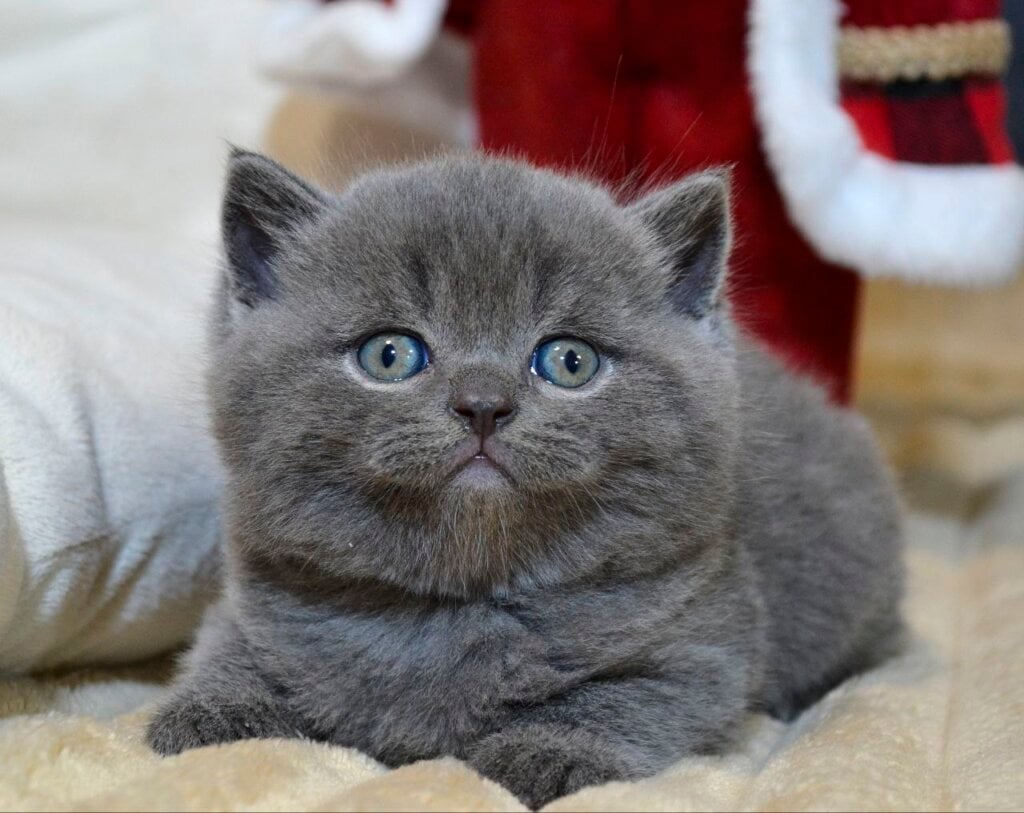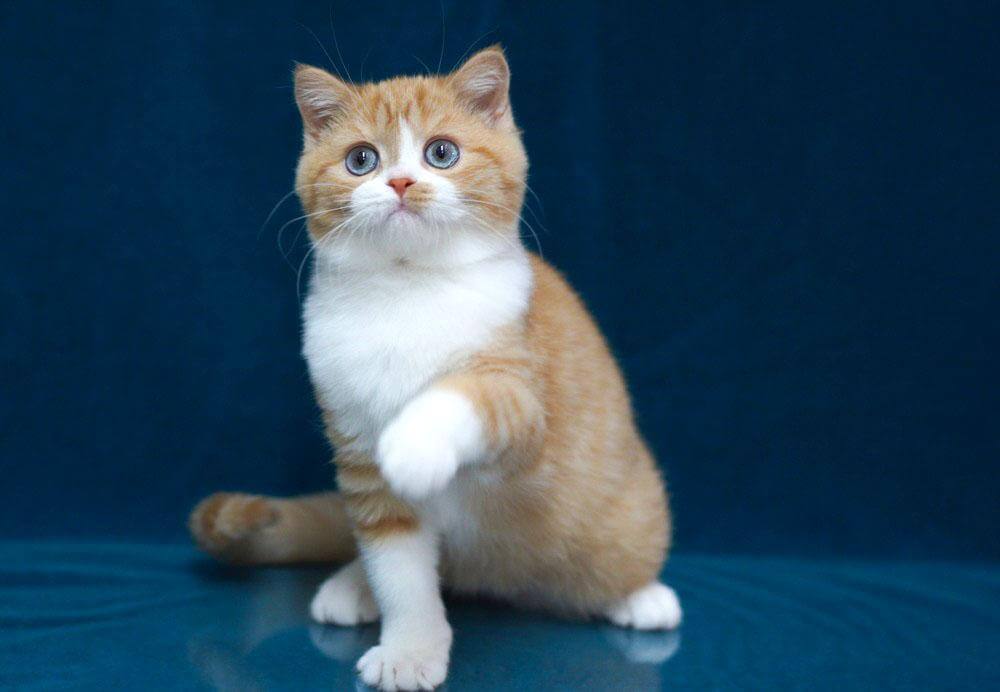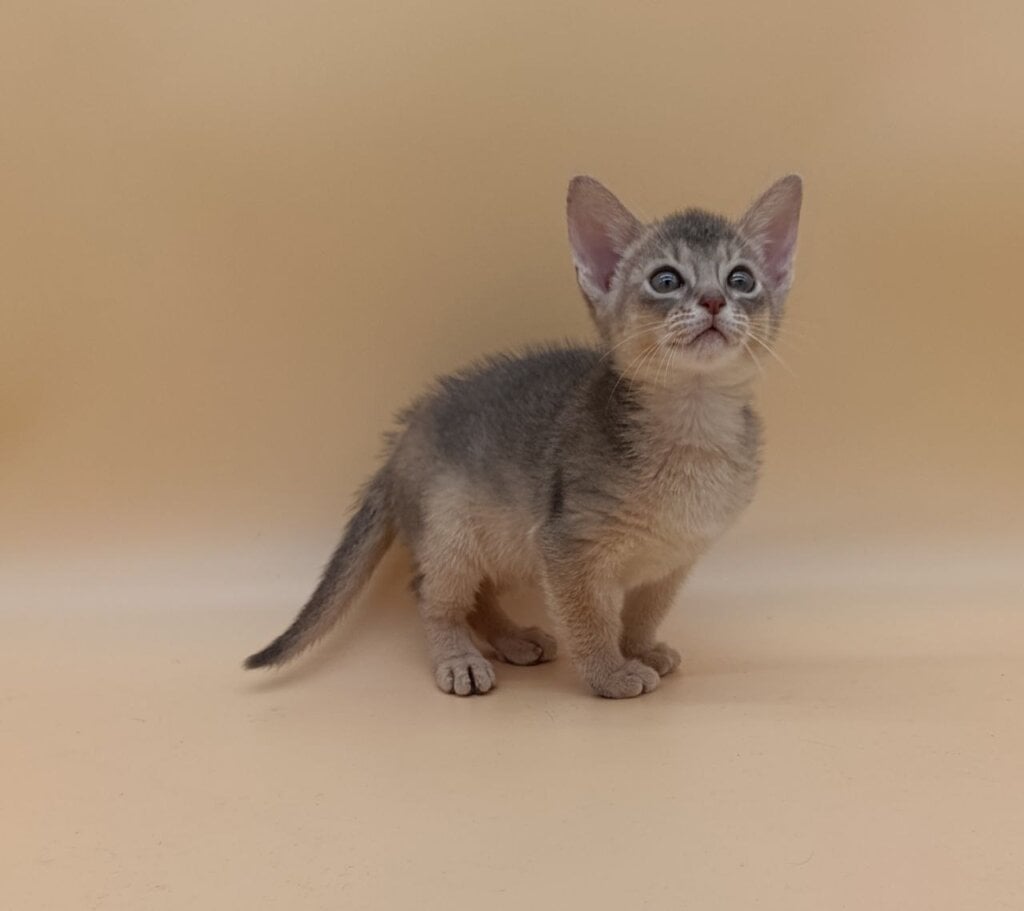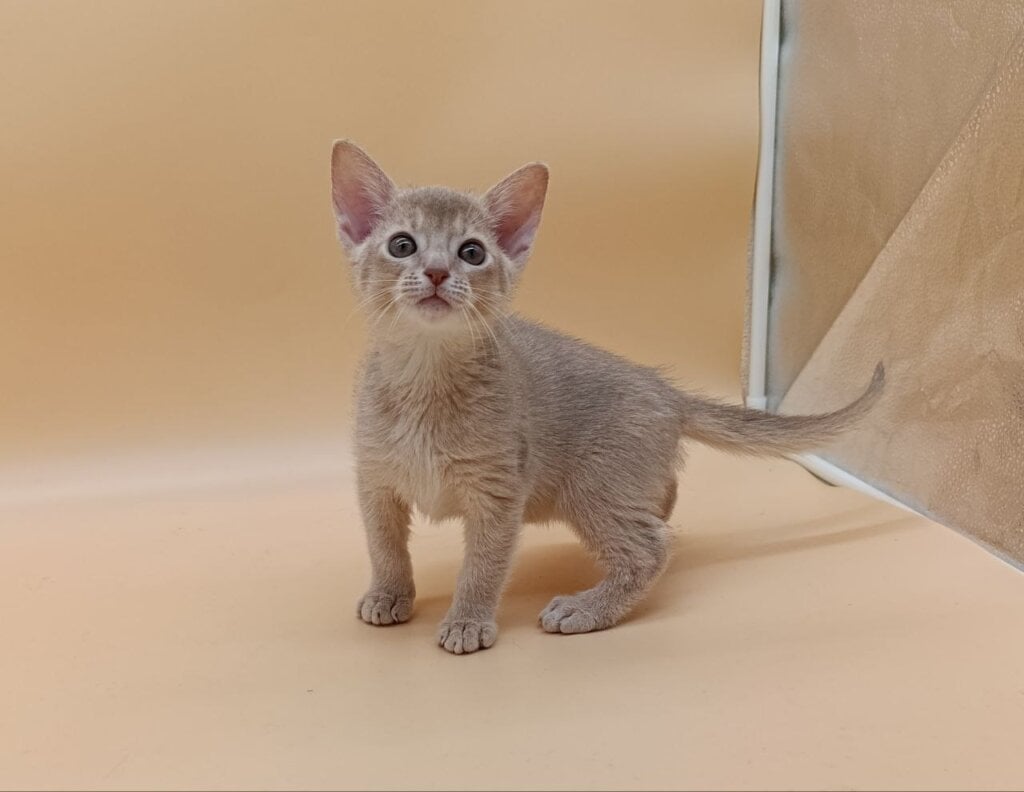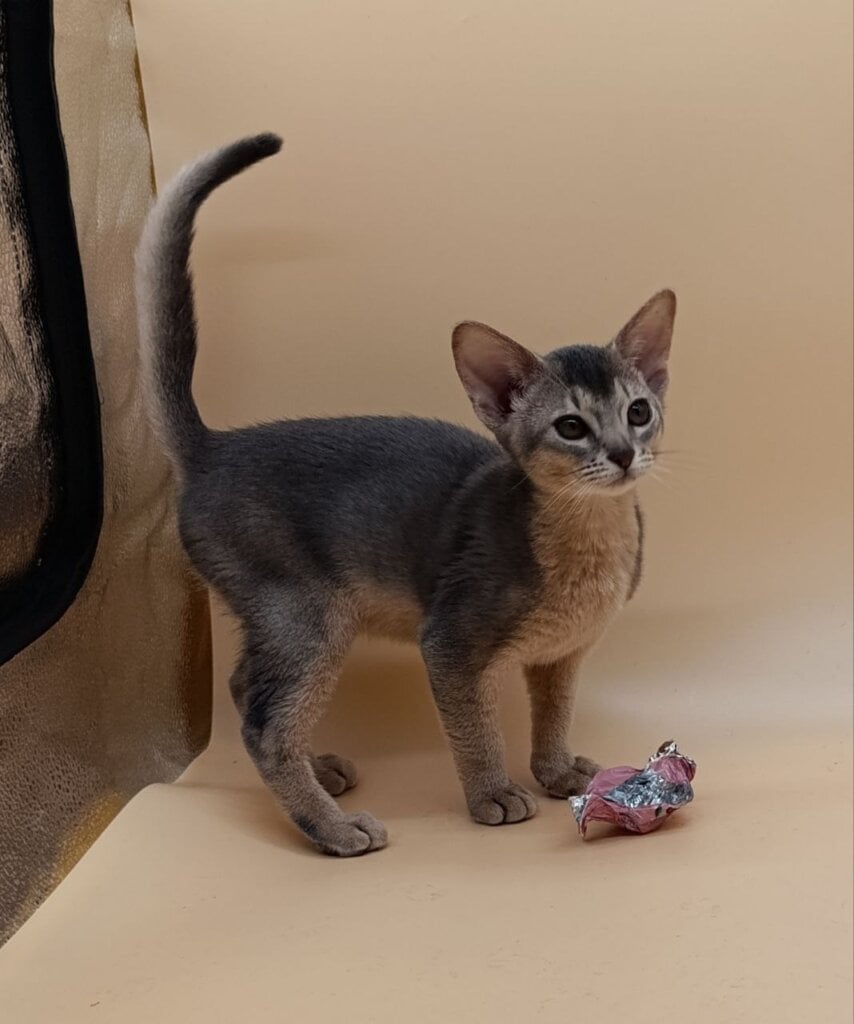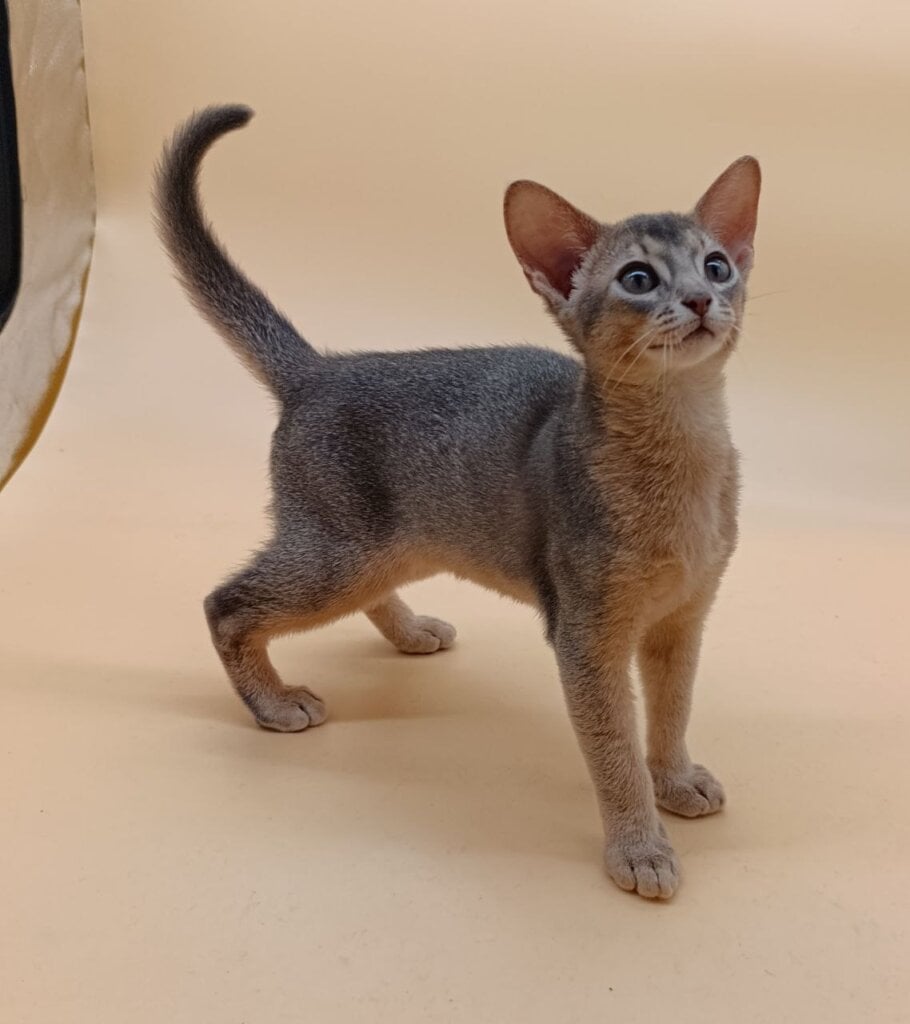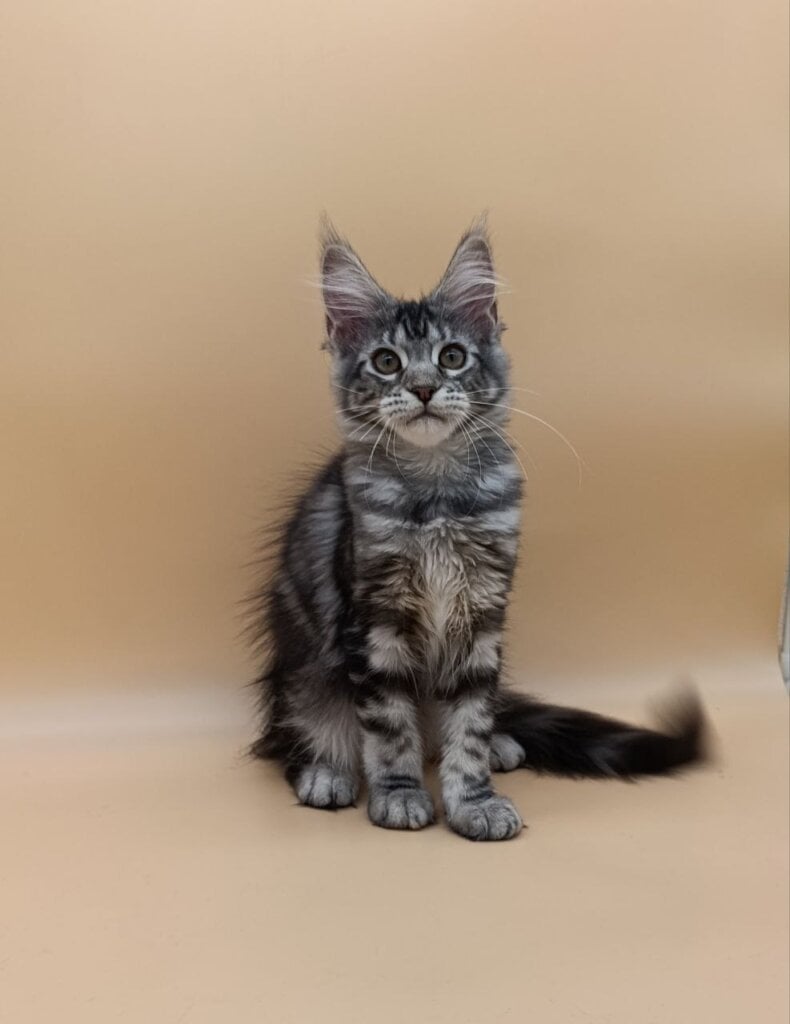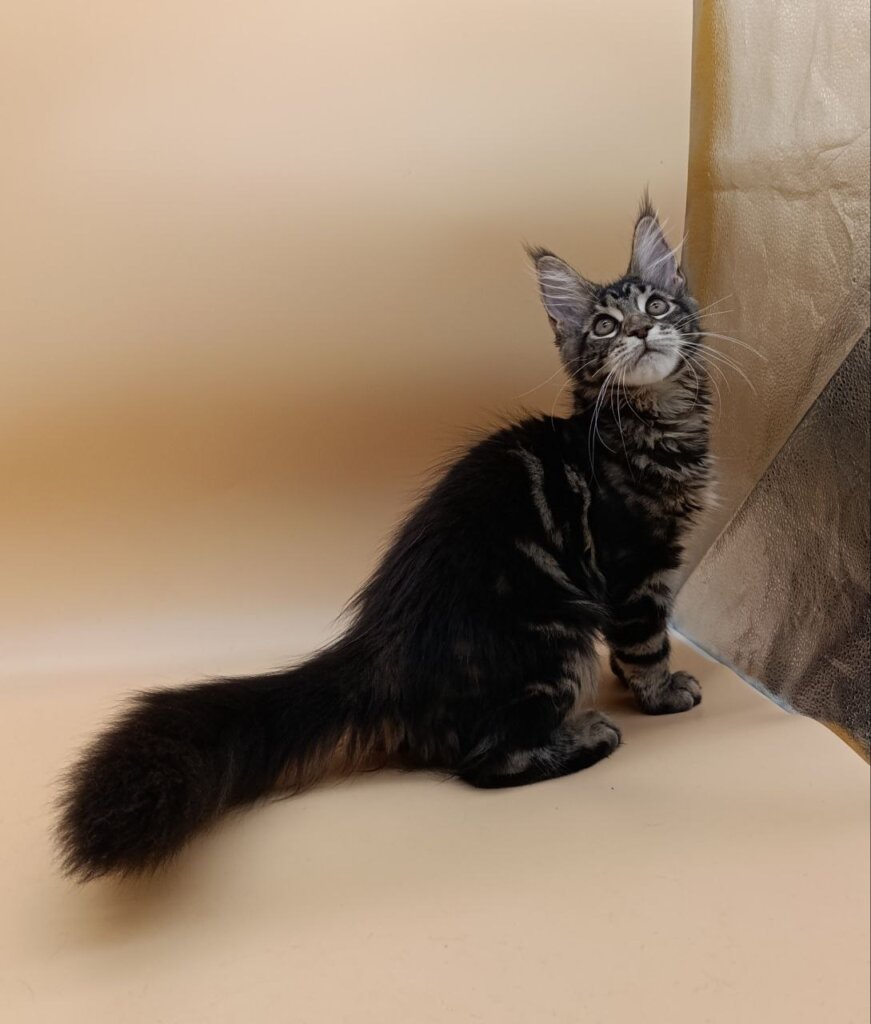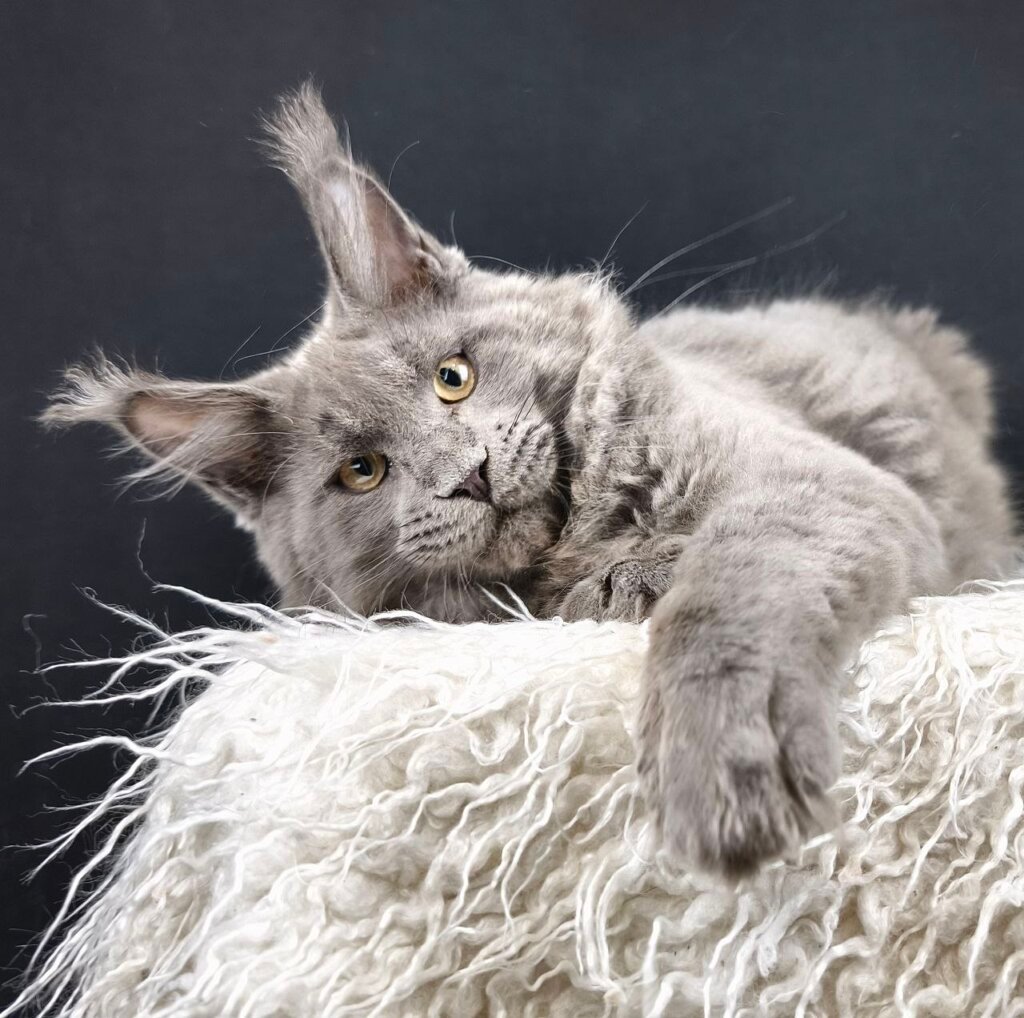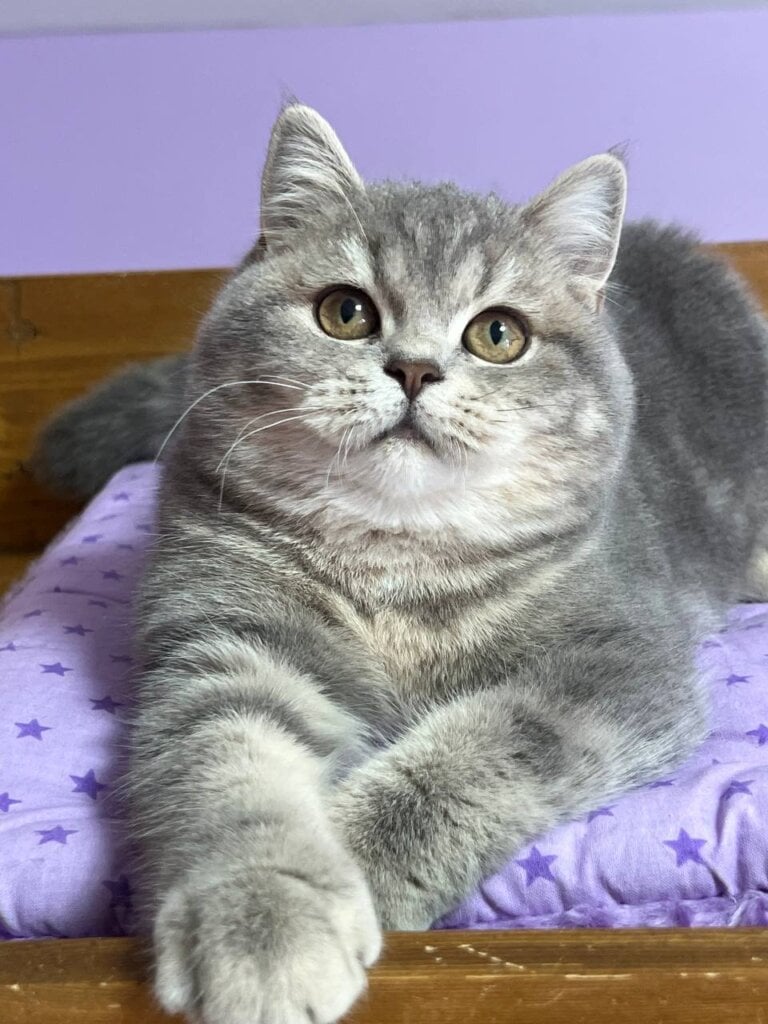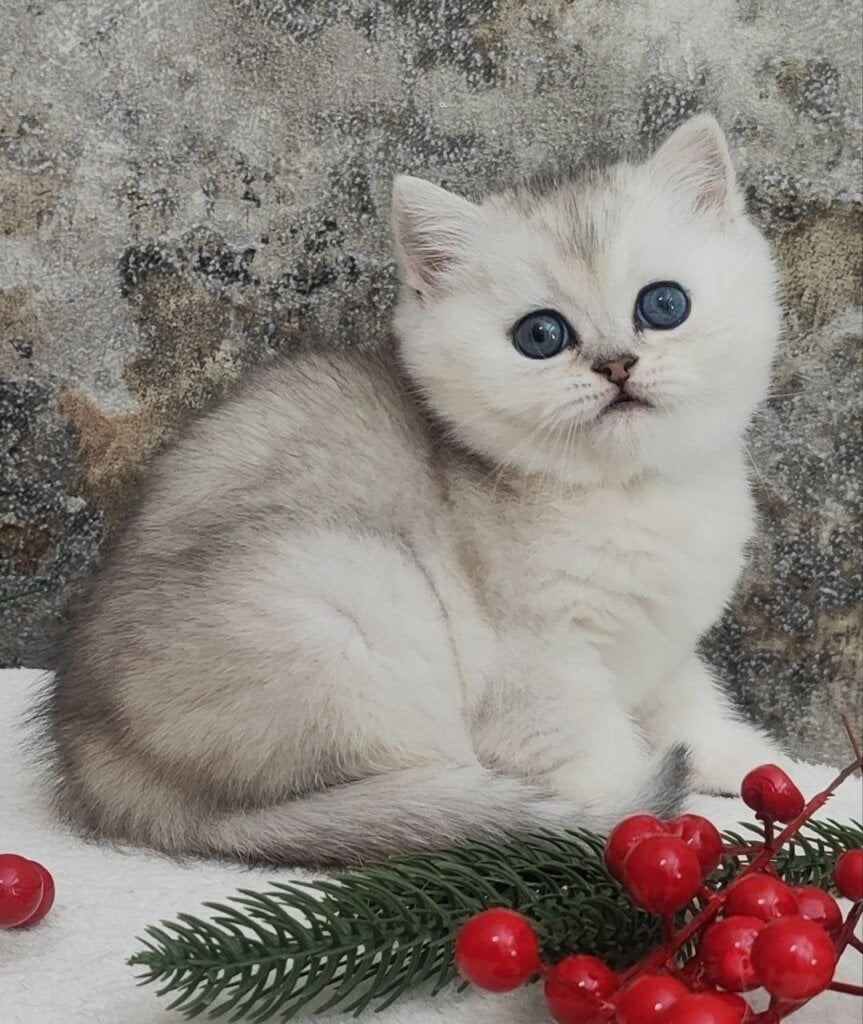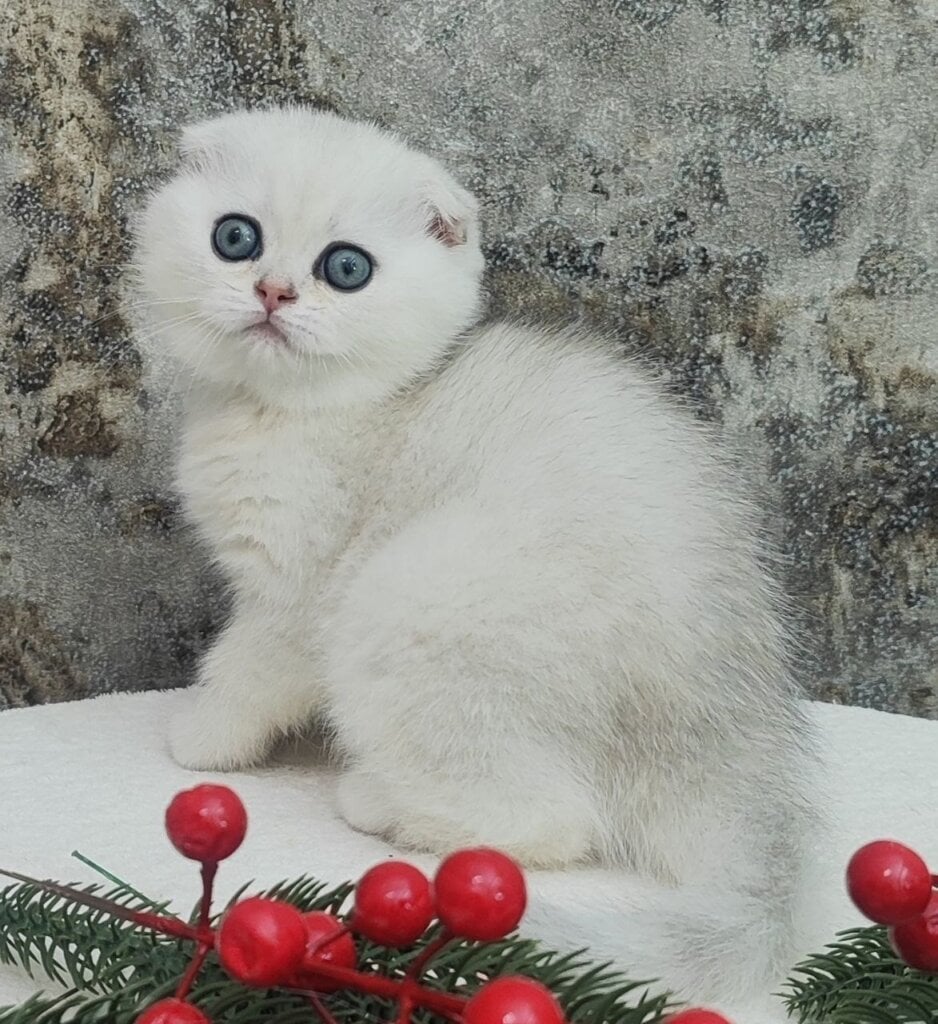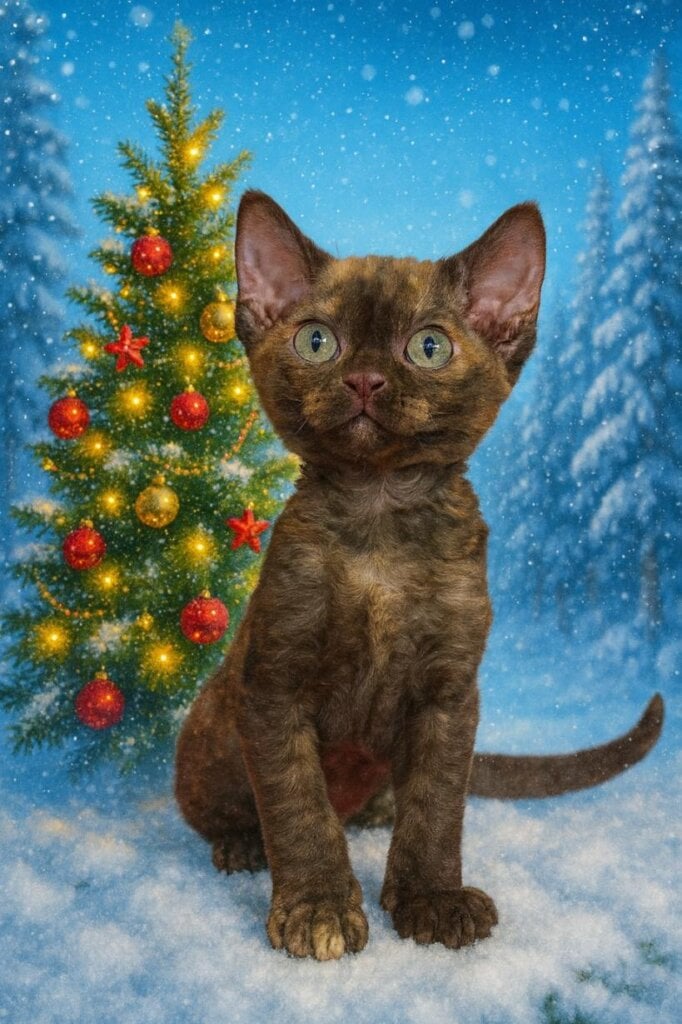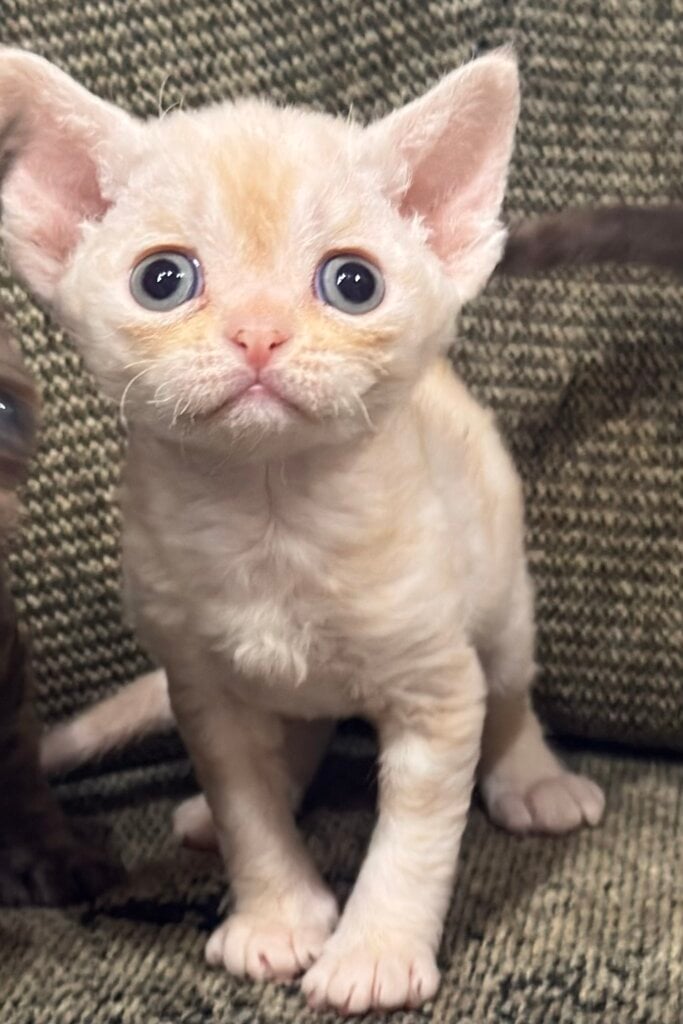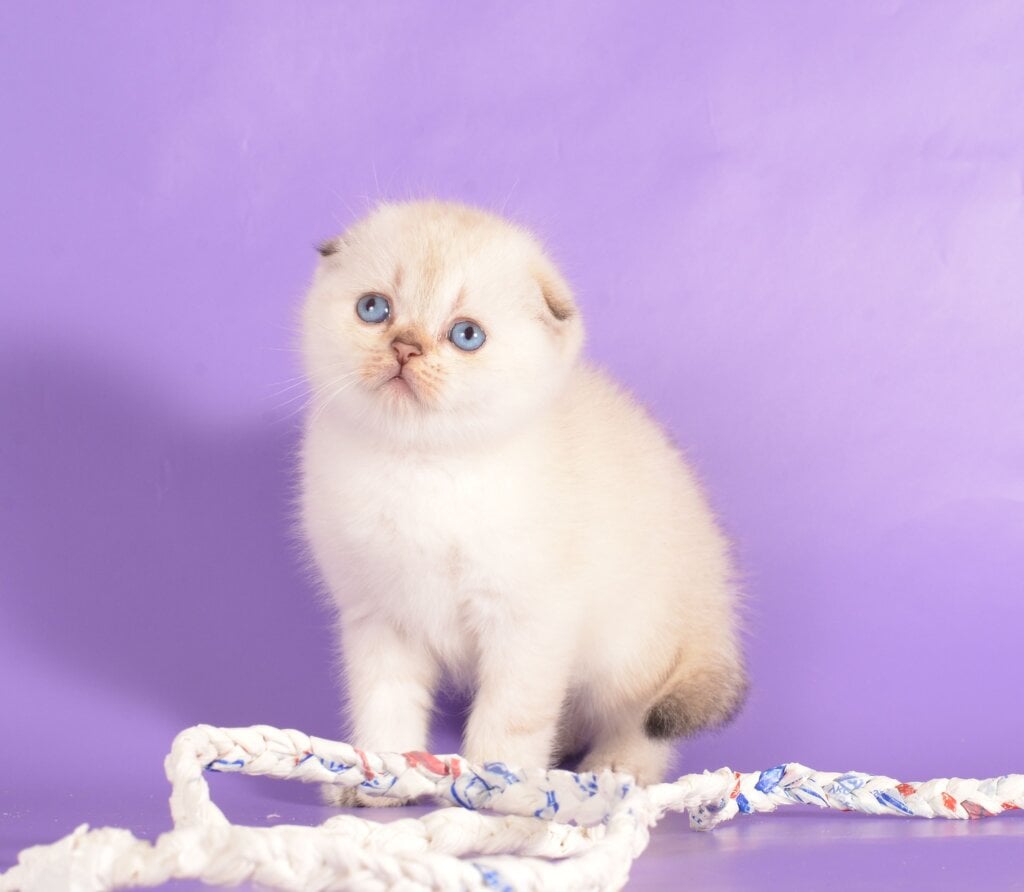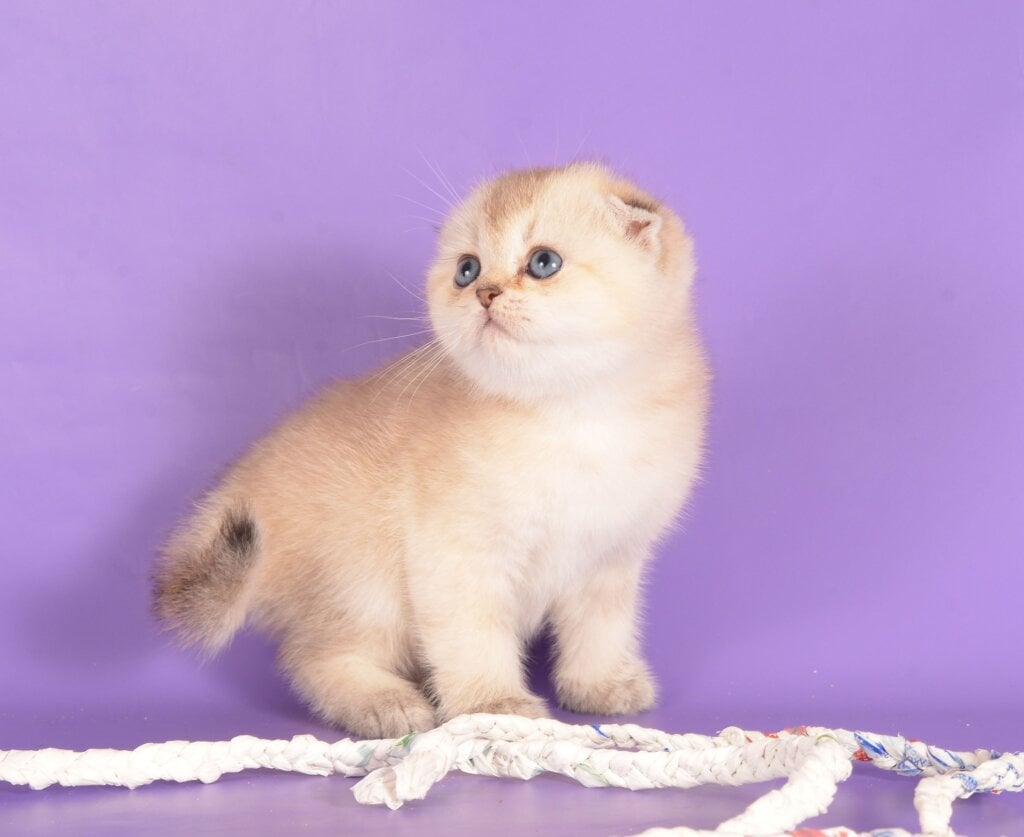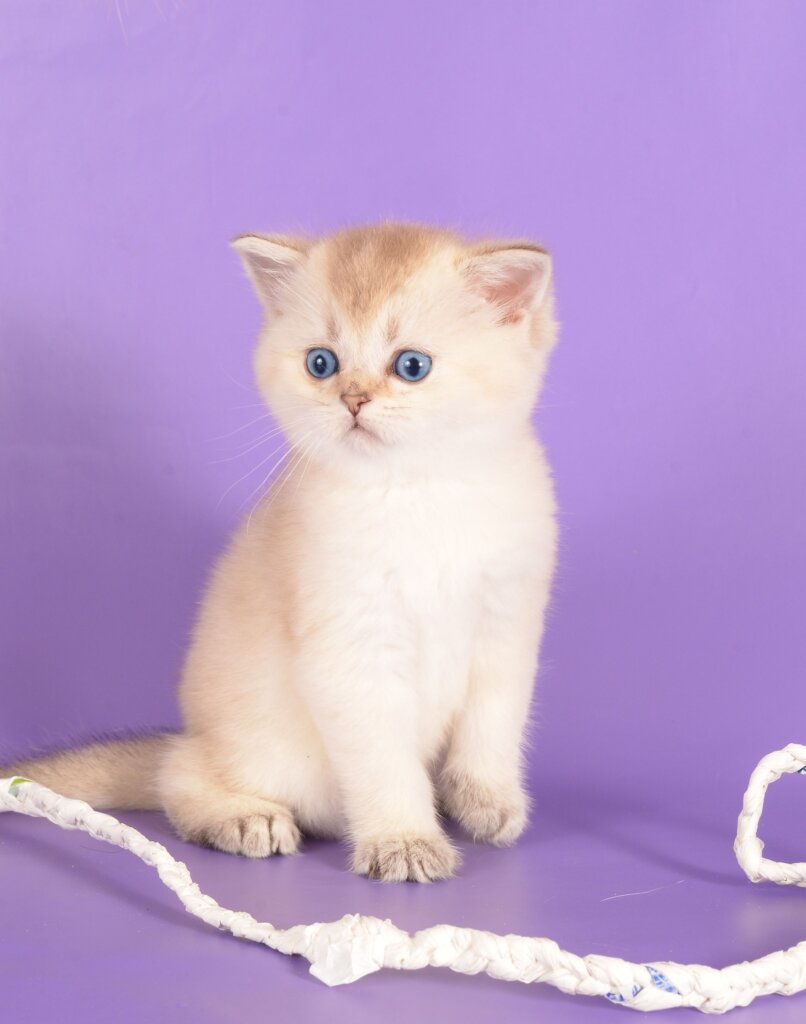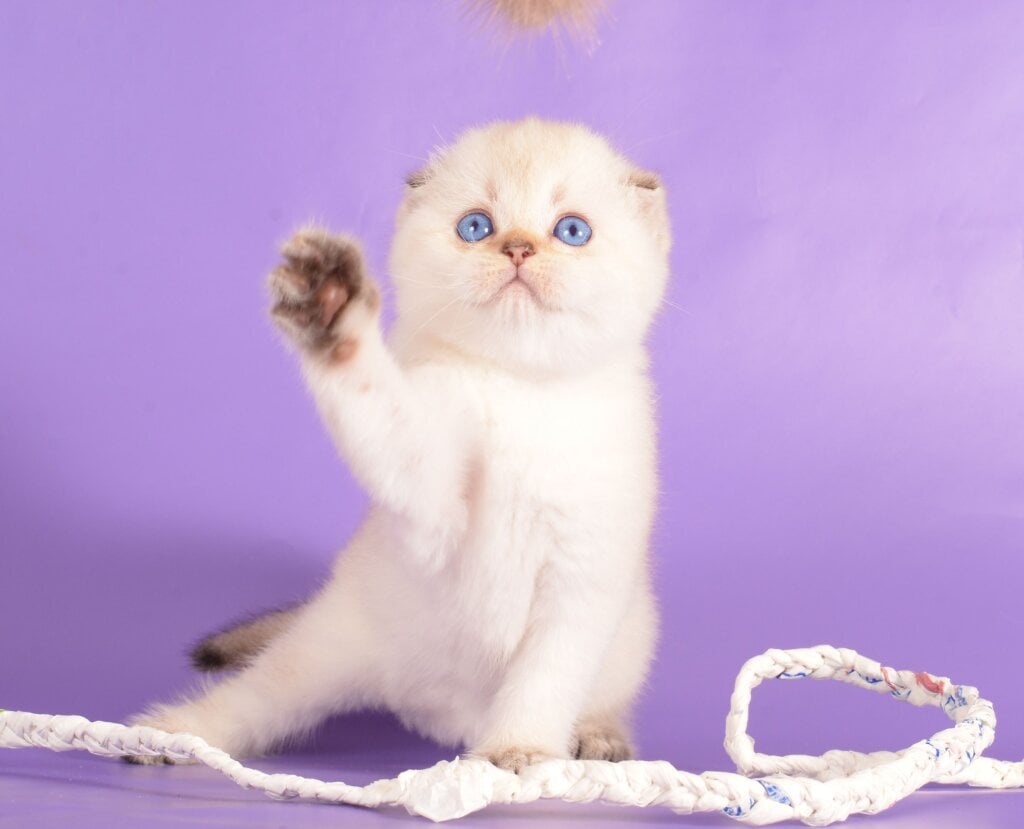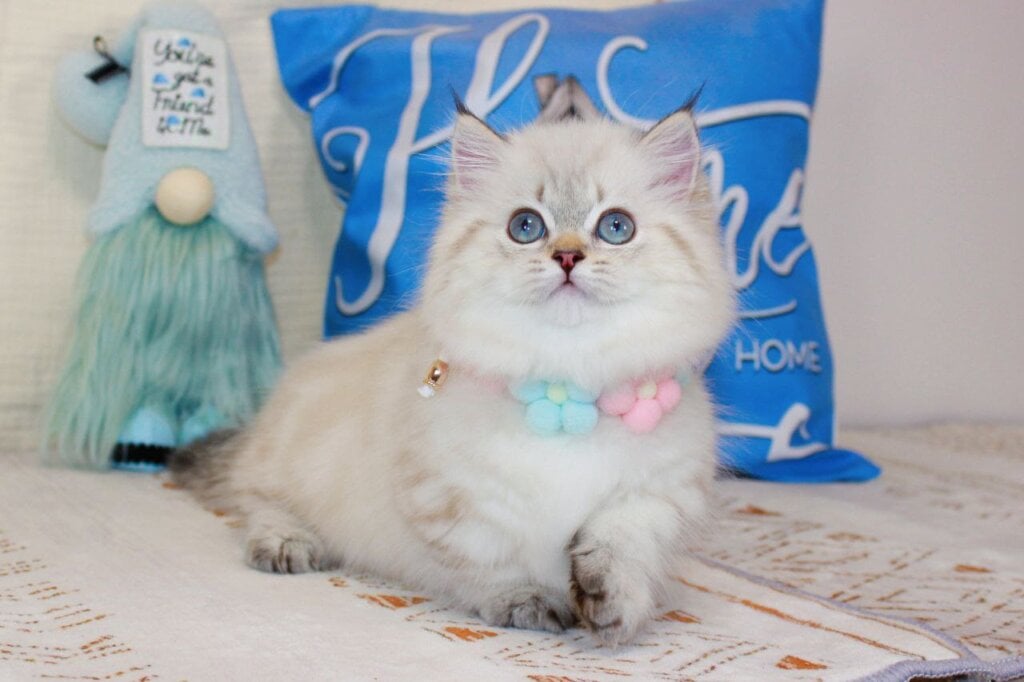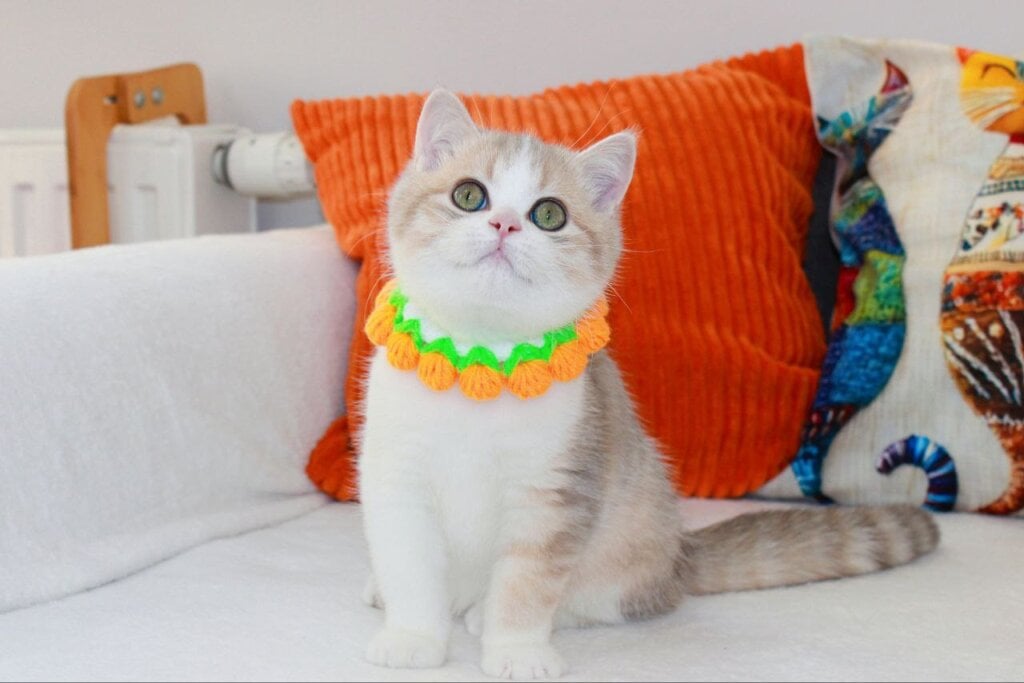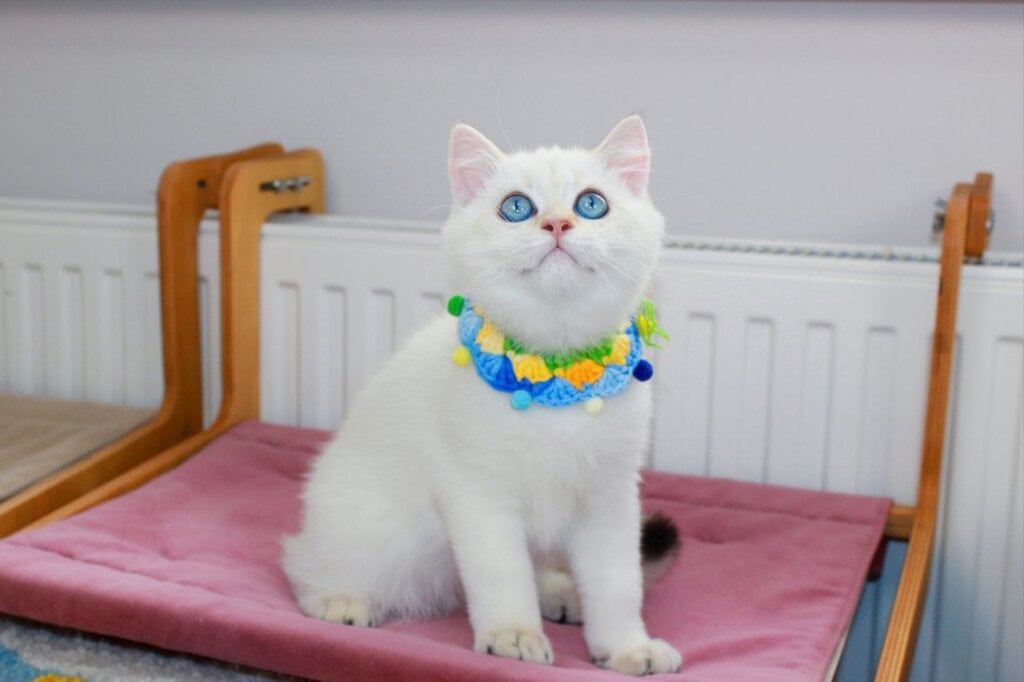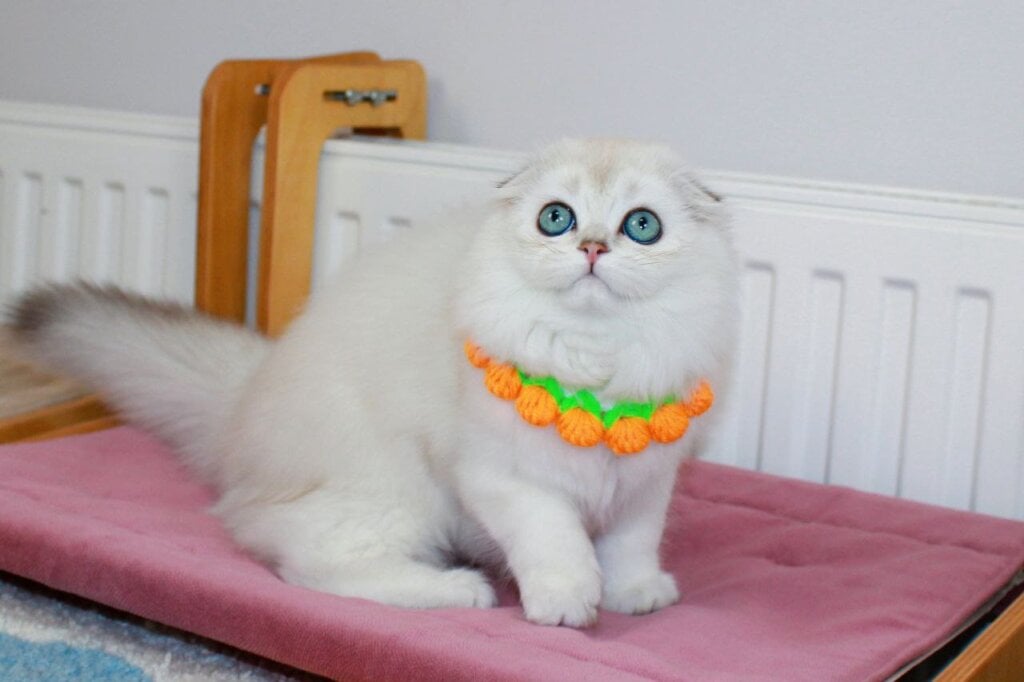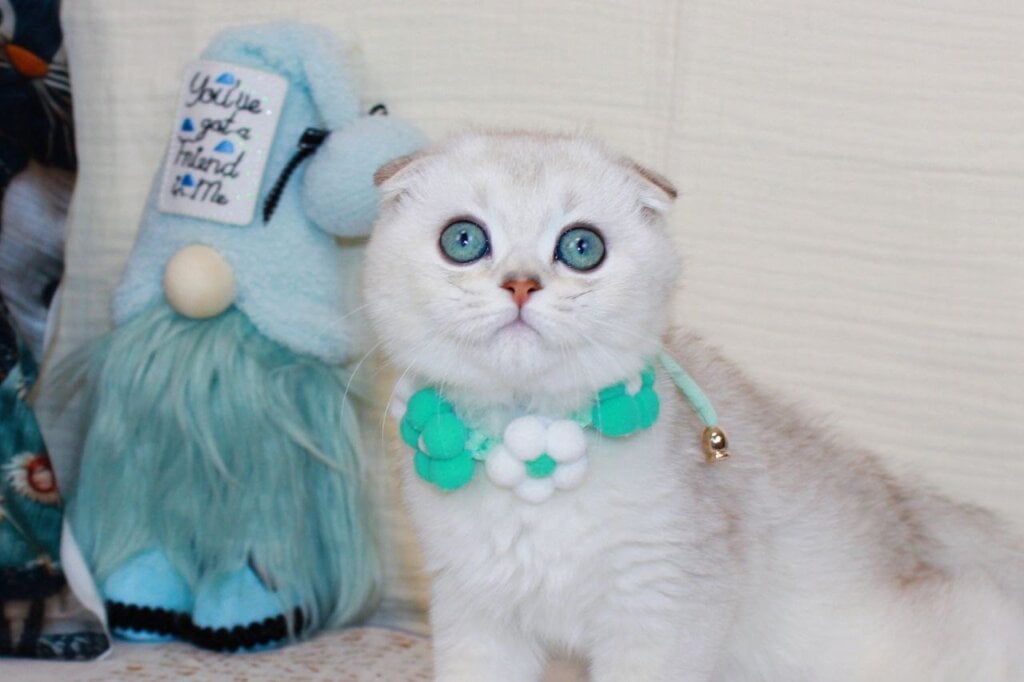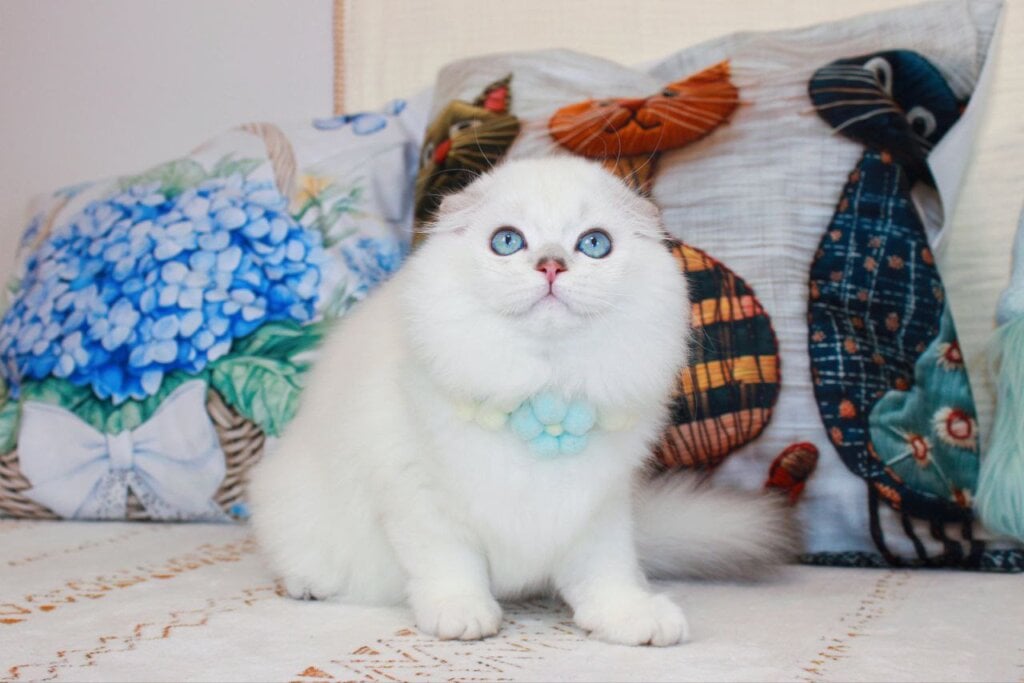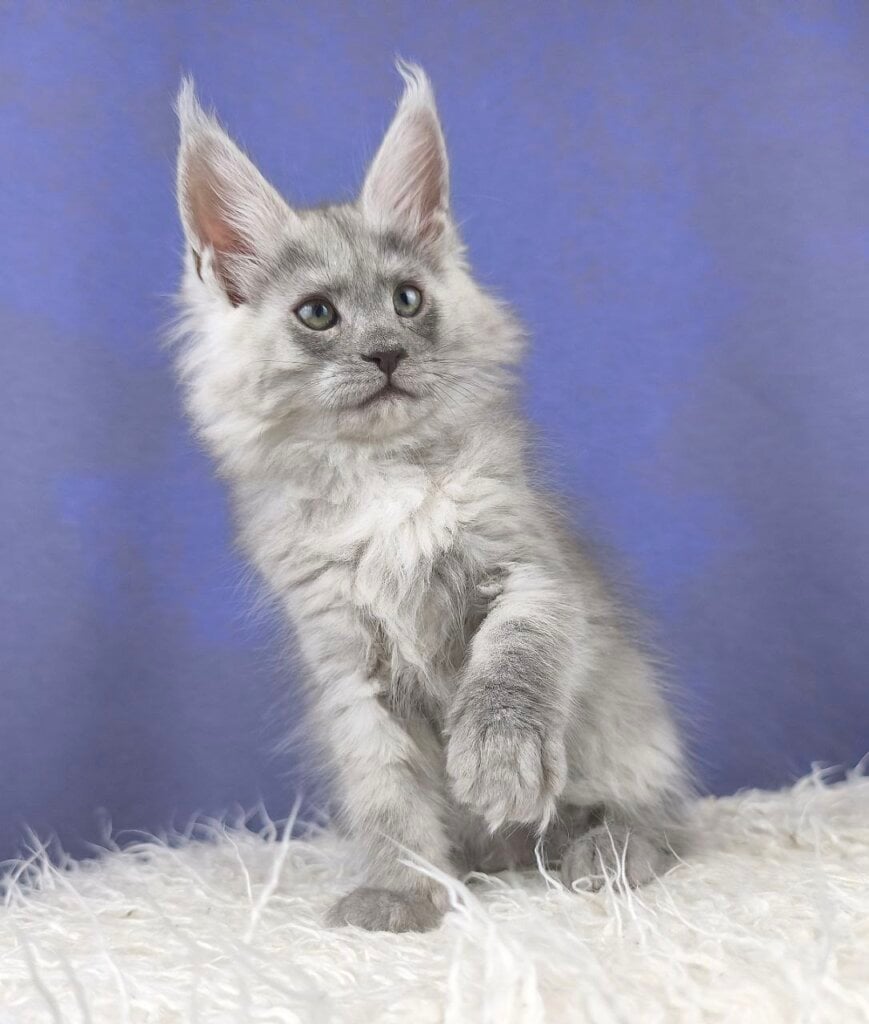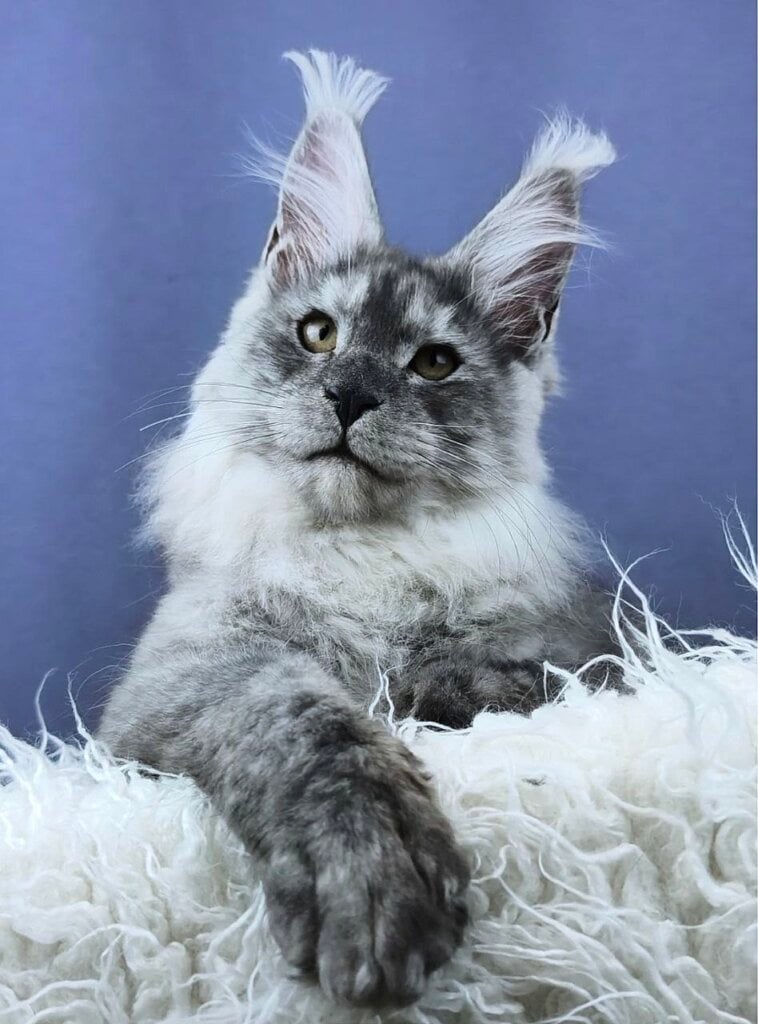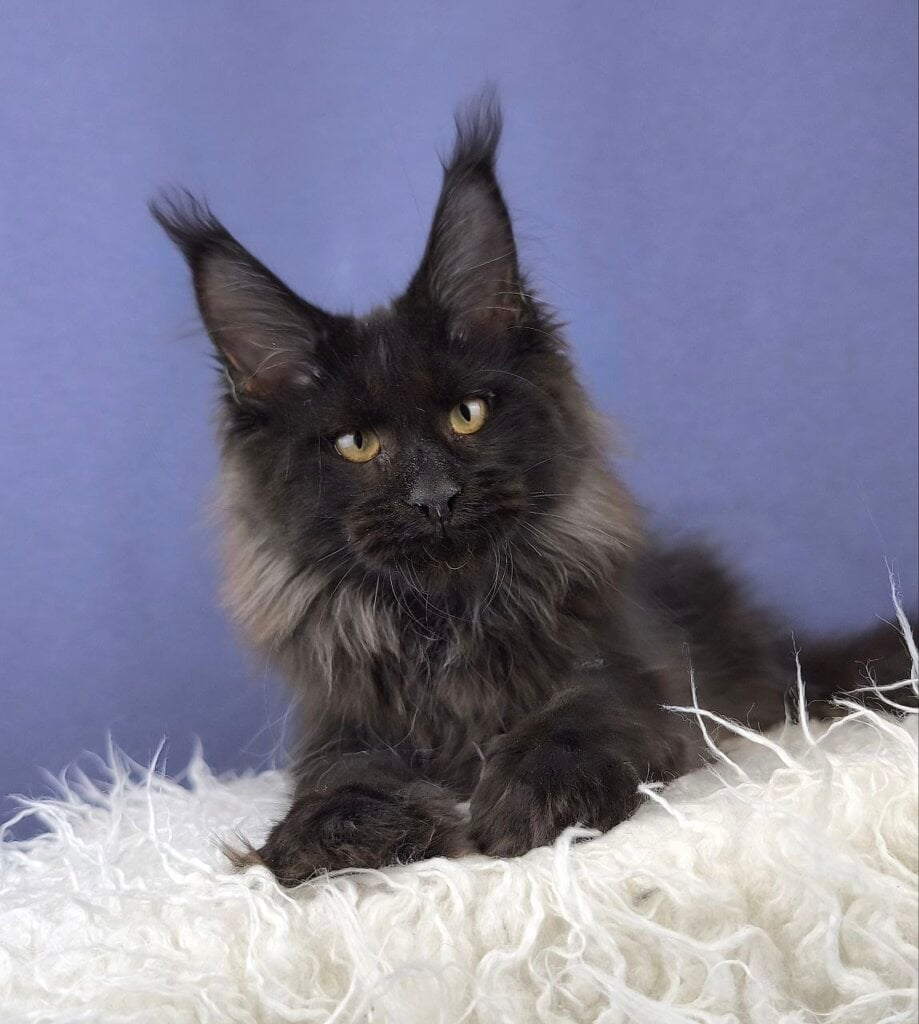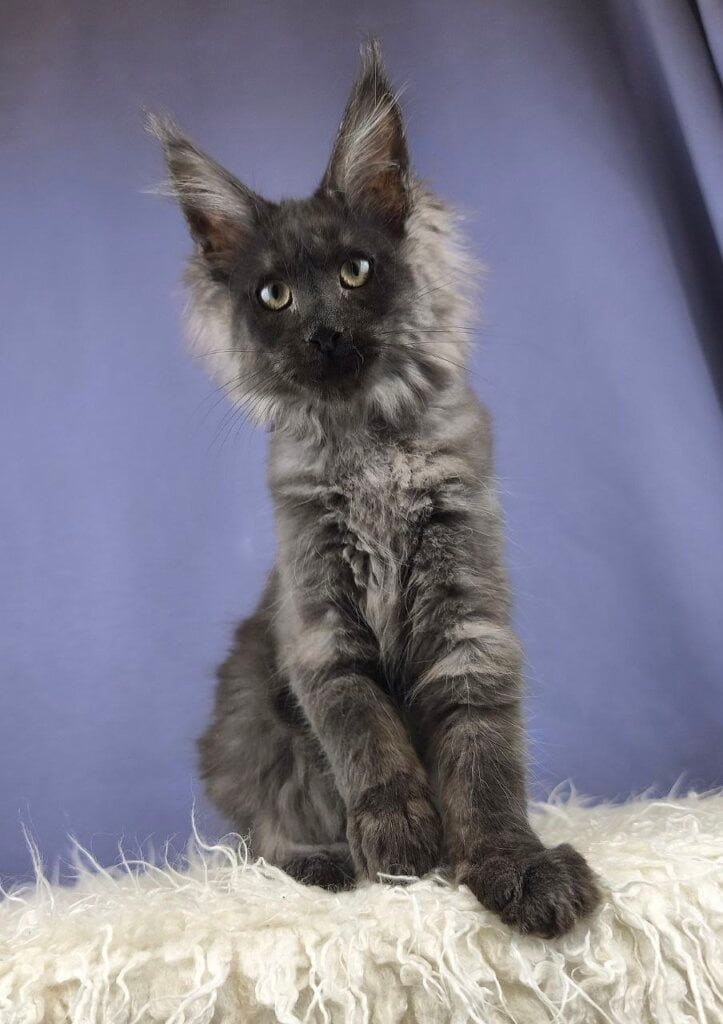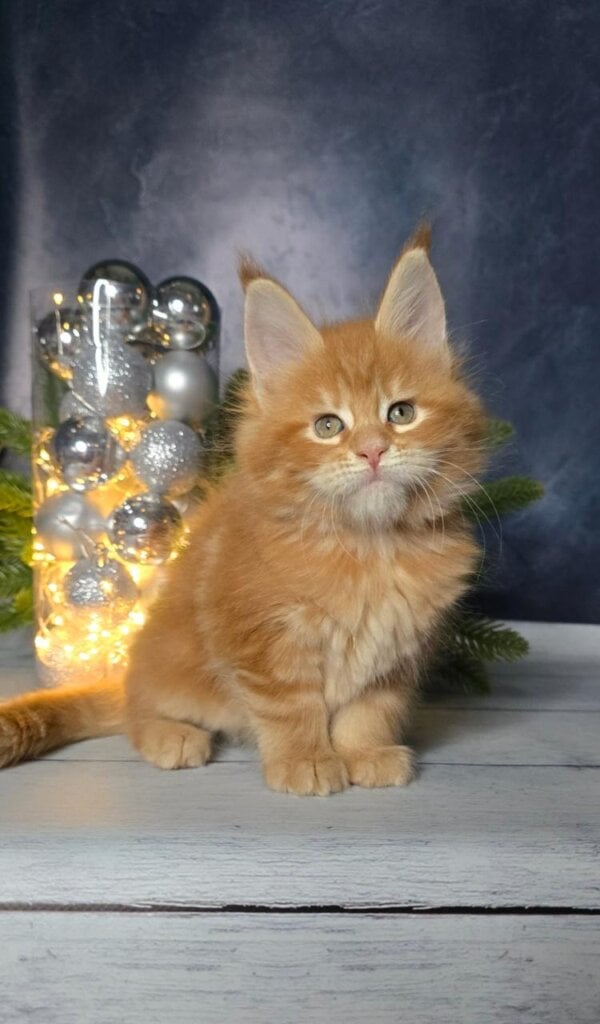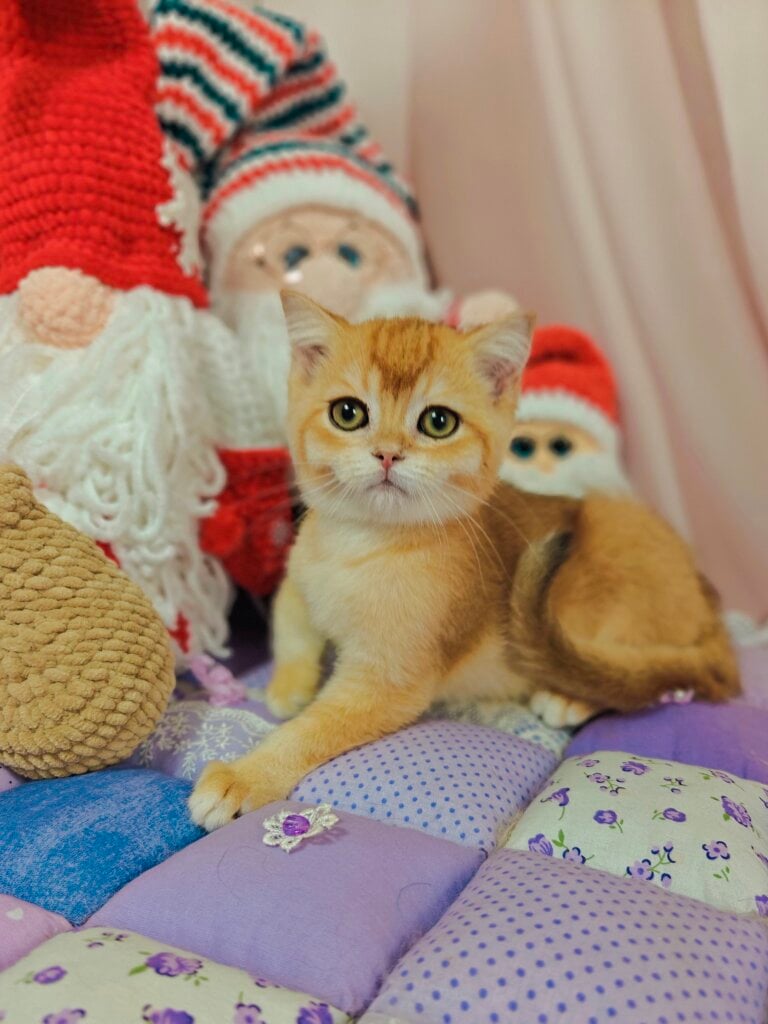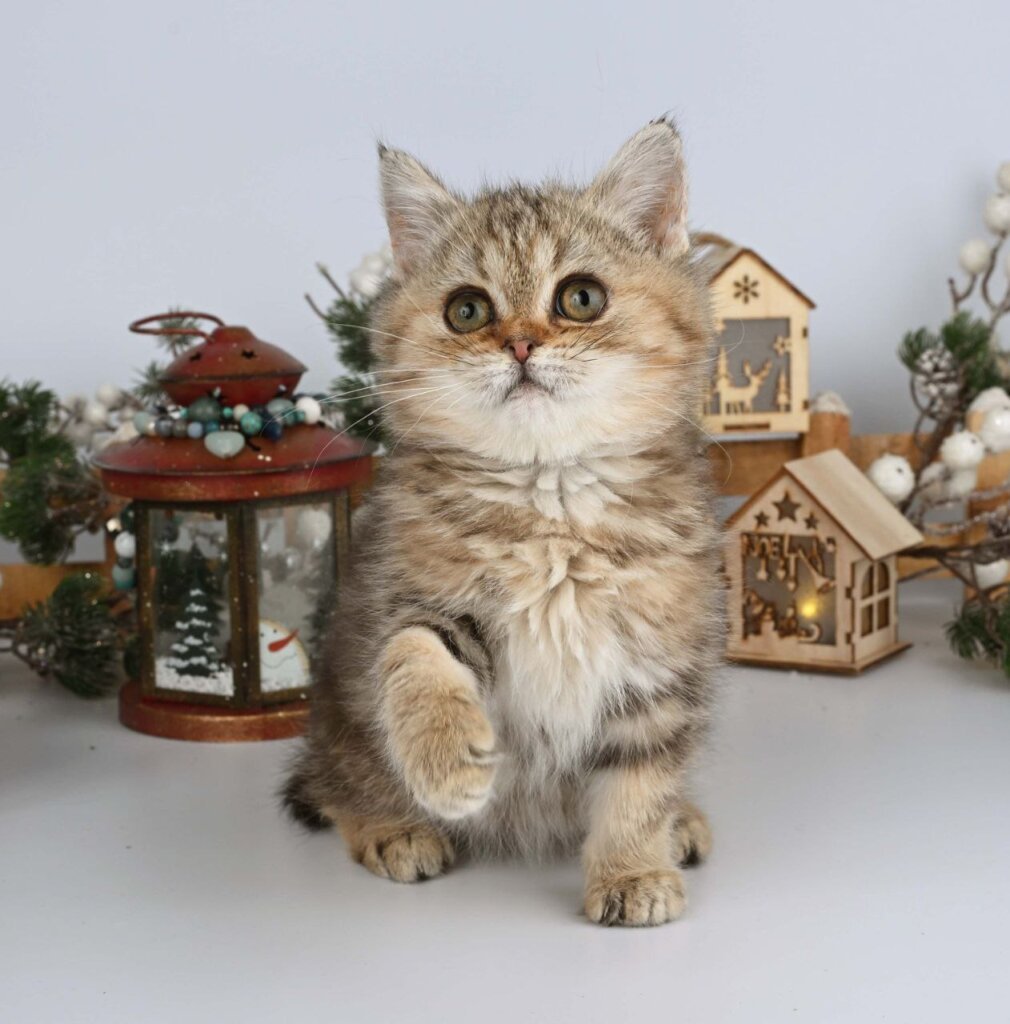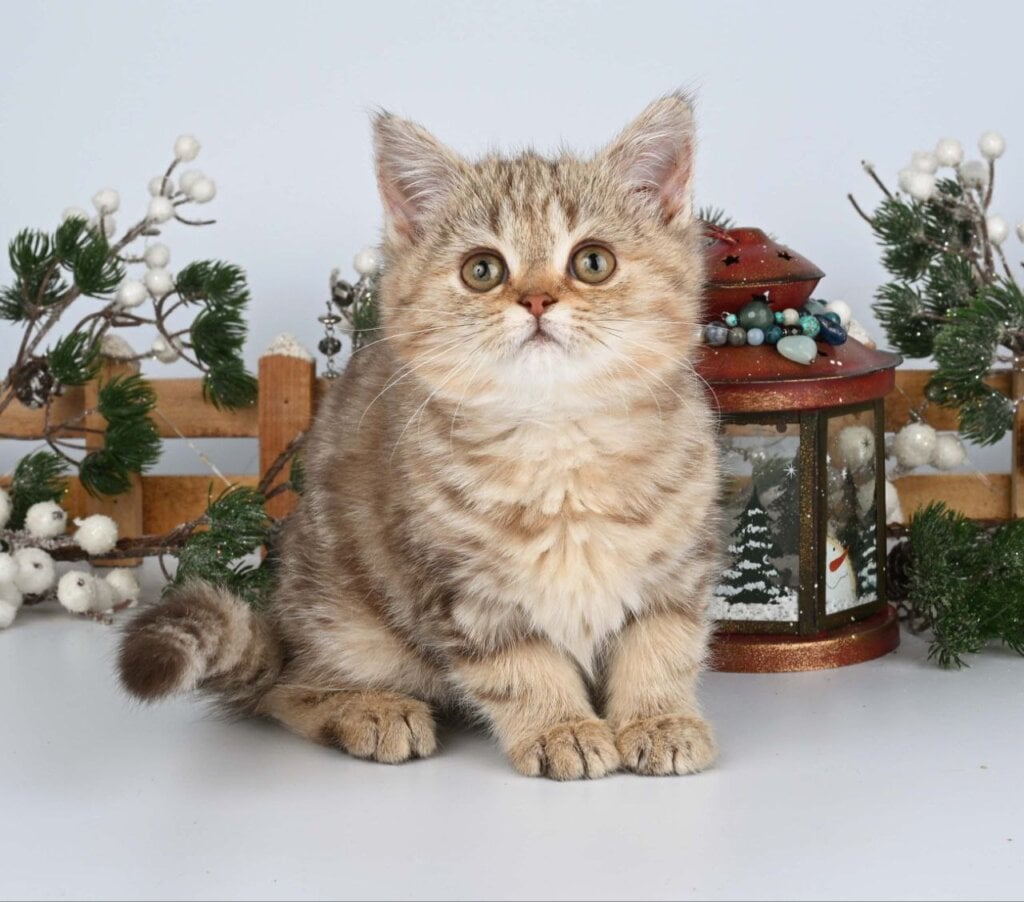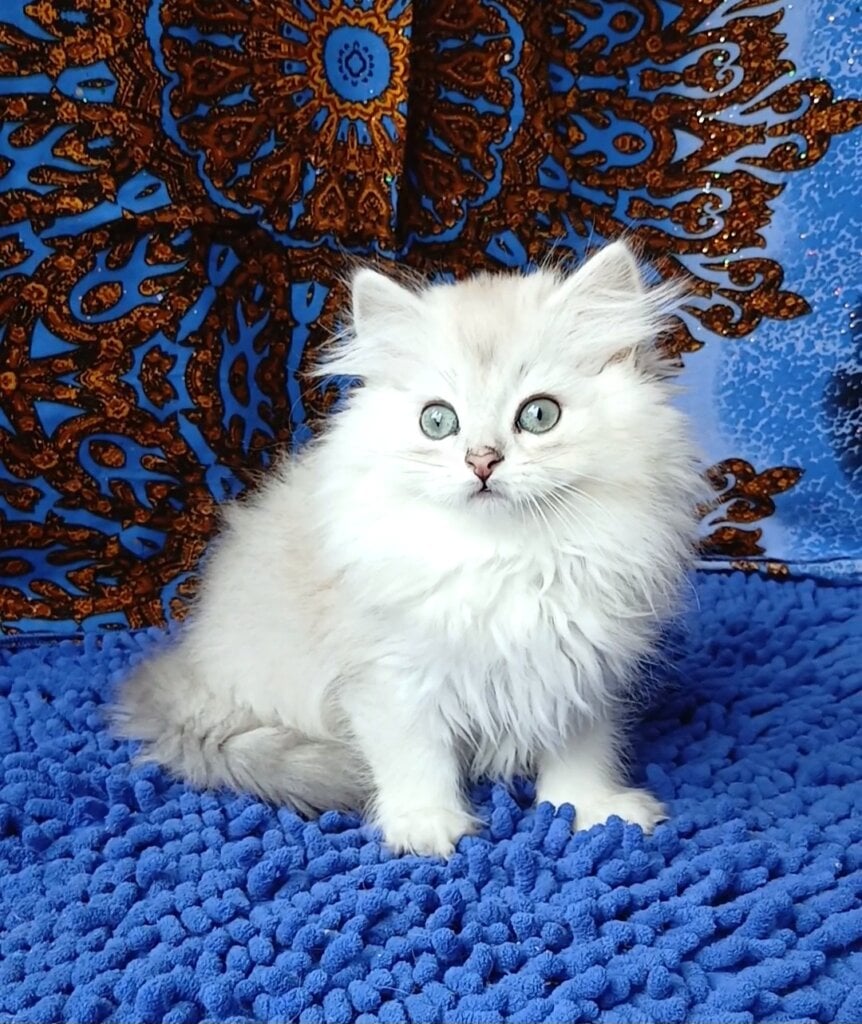A full grown munchkin cat weighs about 2.5 to 4 kg and is 15 to 20cm high at the shoulder. Munchkin cats have tiny little legs and a small stature, but their bodies are roughly the same length as other breeds. Most are full grown by a year old.
For families or single owners, their diminutive stature makes them simple to accommodate and they nest comfortably in most abodes. Find out more about their care and characteristics below.
Munchkin Cat Size Dimensions
Munchkin cats are known for their short legs, small size and playful behavior. Adult Munchkins have a weight range of 5 to 9 pounds and a height of about 7 inches. This distinctive body type has made them a family favorite for those desiring more of a pint-sized pet. Understanding their size allows pet parents to prepare for their kitten’s needs, ranging from secure play environments to the appropriate litter box.
1. Weight Range
Munchkins typically weigh from 5 to 9 pounds as adults. This scale is smaller than most other house cats that typically span 10–15 pounds. A lot of this has to do with genetics. Diet and lifestyle matter too, as an active Munchkin with a healthy diet will typically remain on the lower end of the scale, whereas a couch potato or overeater can put on those extra pounds.
Male Munchkins tend to be heavier, weighing anywhere from 6 to 9 pounds (2.7 to 4.1 kg), whereas females weigh between 4 and 8 pounds (1.8 to 3.6 kg). Even with these averages, there are some cats who fall on either side of these numbers, particularly if they’ve come from larger or smaller breeding lines.
Frequent weigh-ins catch shifts early and maintain your cat’s health over the long term.
2. Length & Height
Munchkins stand roughly 7 inches (18 cm) tall at the shoulder as adults, which is a few centimeters shorter than most cats. Their length is well balanced with their height, providing them with the perfectly proportioned, low-to-the-ground appearance that so many people find irresistible.
Although their legs are shorter, their bodies can be as long as regular cats’, which can make them appear ‘stretched out’ in an absolutely adorable and unique way. Pair this with standard house cats, that tend to be 9 to 10 inches tall, and the size discrepancy is obvious.
Regularly measuring your Munchkin as they grow can help you catch trends and ensure they’re trending developmentally. Munchkin cats tend to be of the same body type as your average domestic feline since breeders often outcross with regular cats.
3. Male vs. Female
Most male Munchkins are slightly larger than females, both in height and weight. This gap isn’t massive, but it’s apparent when you contrast siblings from the same litter. Weight and height can still vary quite a bit, even within the same gender, depending on the cats lineage or health.
Some cats may surprise you and grow larger or smaller than the average, no matter their sex. It’s one reason why meeting the parents or learning about the cat’s family line can help you know what to expect.
4. Size Comparison
Unlike other small breeds, Munchkins have short, but sturdy legs. They’re affectionately referred to as “sausage cats” due to this. Because of their size, some cats are able to leap and run without issues, but others have more limited jumping abilities.
Munchkins have their own unique way of engaging with toys and furniture, occasionally opting for lower locations. Bodywise, they appear to be more compact and grounded than most cats.
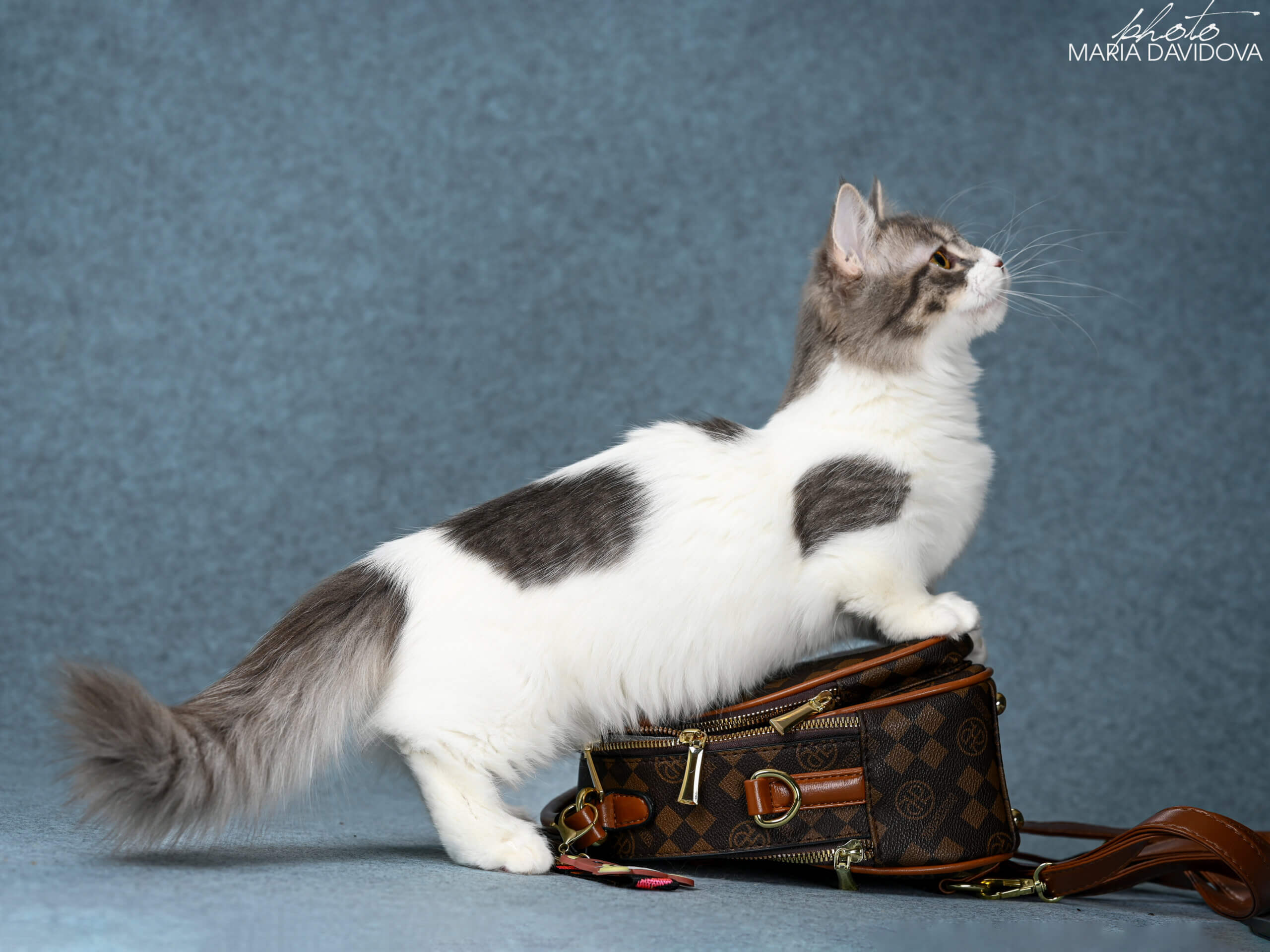
The Growth Journey
Munchkin cats develop rapidly during their initial year. They hit their full height and weight at 12 months, and most remain that size for life. By tracking their growth, pet parents can catch healthy trends or health problems. Regular check-ups are key, particularly in those first months.
Growth Timeline
- Munchkin kittens are teeny tiny at birth – small enough to fit in your palm.
- By 3 months, they experienced a growth spurt. Most kittens are 1.3-1.8 kg and around 10-12cm tall.
- By 6 months, they’re half way to adult weight at around 2.5-3.2 kilos.
- By 9 months, they look almost grown, with most weighing 5-6 kg and measuring up to 15 cm tall.
- 1 yr – majority of Munchkin cats are 2.7-4.0kg in weight and approximately 18cm in height.
- Adult is fully grown, standing about 18 cm (7 inches) tall and weighing 2.7-4.0 kg (6-9 lbs).
- Growth ceases at two years of age. Parents can create a basic growth chart for milestones and take this documentation to vet appointments. This assists in catching early indications of obesity – a typical hazard in this breed.
Genetic Factors
Genetics determine a Munchkin cat’s size. It is their special look comes from the dominant gene for short legs known as the “Munchkin gene”. This gene impacts leg bones but doesn’t damage other bodily functions. Parent cats count too-a kitten of smaller parents will probably be smaller as an adult.
Ethical breeders test for health risks and select healthy parents to maintain these strong and safe. Good breeding prevents illness.
Outcrossing Impact
When breeders mix Munchkin cats with other breeds, they can alter the kitten’s size and form. Outcrossing can introduce strong traits or new coat colors, but size is largely maintained with selective breeding.
Established breeders understand how to introduce new bloodlines while maintaining stability – so that kittens grow up healthy and true to type. It’s wise for families to inquire about their kitten’s lineage and history, so they can anticipate size and health.
Nutrition and Health
Munchkin kittens require more protein and fat than adults. The initial months are essential in teaching how to eat, play and connect with individuals.
Vet check-ups in the first four months monitor health issues, observe growth, and administer vaccines. Look out for weight gain-obesity can inhibit growth and cause health problems.
Understanding Their Unique Build
Munchkin cats are known for their short legs and small bodies, influenced by a natural mutation that has been recorded for hundreds of years. These felines reach approximately 7 inches in height and 5-9 pounds in weight, making them smaller than numerous other breeds. With their ever-so-slightly modified wedge head, their bodies still strong and athletic, they look absolutely charming and unique.
Knowing these things is vital for those considering welcoming a Munchkin cat into their lives. Knowing their build helps pet parents establish an environment where their new family member can flourish and remain healthy.
The Short Legs
The standout characteristic of the Munchkin cat is its stumpy little legs. This characteristic isn’t just a fun anomaly–it stems from a particular gene that existed within cat populations for centuries, even though breeding was limited until the early 20th century. Their stubby legs measure half as long as what you’d find on an average house cat, so the contrast is striking.
These stubby legs do alter the movement of Munchkin cats, but not as dramatically as you’d imagine. They still adore running, toy chasing, and climbing. Their long legs do influence the style in which they jump, and they can jump as much as five times their height.
This nimbleness catches a lot of new owners off guard. Their rambunctiousness implies you’ll want to establish ramps or lower shelves for safe scaling. They’re active little ones, so toys they can bat and chase on the ground are most effective.
Body Proportions
Munchkin cats may have little legs, but their bodies are proportional. They’ve got really strong, muscular builds that make them agile swimmers. Their little sausage legs, combined with a smooshy round face and wide eyes, bestow upon them that kitten-like allure into adulthood.
Their pint-sized body makes them pretty burly, but those same proportions can play a part in health dangers. Some Munchkin cats can be susceptible to spinal problems like lordosis or chest abnormalities like pectus excavatum.
When selecting toys or furniture, seek out items that provide structural support for their unique build. Low, stable cat trees or wide ramps are safer than the tall, narrow ones.
Movement & Agility
While Munchkin cats are shorter than most breeds, they are nimble and quick. They race around rooms, jump on toys, and scale furniture with abandon. Their mischievous soul is contagious-numerous households discover they infuse vitality within the house.
They don’t move the same way. Rather than large jumps, they employ rapid, powerful kicks from their hind legs to get to heights or pursue objects. Observing them, you’ll find they’re just as sprightly as cats with longer legs, but generally stick nearer earth.
For families, providing them room to roam and secure nooks to scale means the world!
Health Considerations
Munchkin cats are adorable and sociable, but they require extra considerations due to their distinct physique. Their stubby little legs and their long backs both trace back to a genetic mutation. Though they tend to live healthy 12–15 year lives, some health problems show up more frequently in this breed. Pet parents should know what signs to watch for and always consult with a vet to keep their cat thriving.
Lordosis
Lordosis is an excessive inward curve of the spine close to the lower back. In Munchkin cats, this occurs more frequently due to their body structure. You may sense a depression in the back, or your cat may appear to tilt to one side. Certain Munchkins just simply can’t or don’t jump or play as much as other cats.
If your cat looks rigid, shies away from some movements or acts like it hurts, lordosis may be to blame. Watch out for indicators such as difficulty climbing, an arched back or any abrupt shift in your cat’s mobility. A vet can run tests and provide solutions if you catch these symptoms.
Pectus Excavatum
Pectus excavatum is another health concern. It means the chest caves in more than normal. This can cause it difficult for your cat to breathe, particularly after play or in stressful moments. Sometimes, you’ll notice a strange contour to the chest, or the kitty may fatigue easily.
Even if the cat looks well, regular checkups are key for the vet to be able to listen to the heart and lungs. If your cat begins breathing rapidly, wheezing or coughing, consult your vet. Watch for shifts in playfulness or energy, as this may indicate their breathing is impacted.
Osteoarthritis
A lot of Munchkin cats develop osteoarthritis as they age. Their stubbier legs exert more strain on joints, particularly hips and knees. This predisposes them to joint pain, some of us limping or stiff-walking. Keeping your cat at a healthy weight is important.
Excess weight puts stress on their joints, leading to additional pain. Hot foods with joint-supporting supplements help. Soft, easy-in beds are HUGE. Don’t hesitate to consult your vet regarding joint health screenings and pain relief options, such as controlled exercise or therapeutic diets.
Other Important Factors
Munchkin cats can occasionally have difficulty grooming areas they’re unable to reach due to their size. Give them a hand with weekly or bi-weekly brushing – particularly if they have long fur. Obesity is a genuine concern, so keep snacks to a minimum and meals well-rounded.
Infrequently, heart issues may arise, such as hearts being compressed due to their chest conformation. Be on the lookout for fatigue or altered breathing in between visits.

Nurturing Proper Growth
Munchkin cats may be tiny, but cultivating their development is a large task. They grow to approximately 18 centimeters tall by the time they’re one year old. Good nutrition, exercise every day, socialization and routine vet visits – check, check, check and check! – are white keys to their healthy lives.
Balanced Diet
Good nutrition is the cornerstone of a Munchkin kitten’s development. In their freshman year, their bodies evolve quickly. Munchkin cats require food rich in real animal protein and healthy fats to ensure proper muscle and bone growth.
Protein nurtures their energy, fats assist in their consumption of vitamins and tissue construction. If there’s any place to restrict carbs, it should be with cats, who rule on meat. Reading cat food labels is key. Ensure that the very first ingredient is real meat and steer clear of fillers like corn or by-products.
A well-rounded diet not only feeds growth, but bolsters immune systems and keeps coats glossy. For these cats, the calories really matter-no more than 250-300 kcals/day, with treats comprising just 10% of that. Overfeeding can cause obesity, which is a strain on their short legs and spine.
Try to always feed at the same times each day, as this helps build good habits.
- Key nutritional needs for Munchkin cats:
- Real meat as #1 ingredient.
- Rich in protein.
- Good animal fats.
- Restricted carbohydrates.
- Vitamins and minerals for development.
- Fresh water accessible at all times.
Appropriate Exercise
Exercise is as important as food for Munchkin cats. Their tiny legs don’t stop them-they adore to play and discover. Consistent exercise keeps muscles lean, promotes joint health, and combats obesity.
A good romp with feather wands or balls every day lifts their spirits and keeps them mentally alert. To keep your Munchkin cat fit, shake up playtime with new toys and activities. Climbing posts, tunnels and puzzle feeders promote activity and interest.
Munchkin cats love interactive play, so dedicate time playing with one another daily. This assists in their social and emotional development, resulting in a well-adjusted family member.
- Exercise checklist for Munchkin cats:
- Engaging play (wands, balls).
- Building up trees or towers.
- Tunnel tours.
- Puzzle feeders.
- Easy fetch games.
They require daily exercise and play for proper growth.
Routine Care and Monitoring
Long-haired Munchkin cats require brushing 2 times a week to prevent mats. Grooming on a regular basis aids you in detecting skin problems early. Routine vet visits-at least annually-are important for detecting health issues like hyperthyroidism and kidney disease early before they become serious.
Keep an eye on your Munchkin cat’s portion sizes and weight, as they’re susceptible to obesity when overfed. Be on the lookout for signs of lordosis or pectus excavatum which can impact their quality of life.
Socialization and Family Life
Munchkin cats flourish with consistent human companionship. They thrive on play, snuggles or being part of the family routine. Social time keeps them confident and affable.
Families provide a secure, affectionate, enjoyable household. This keeps your Munchkin cat healthy and happy.
Beyond the Tape Measure
Size is just half the Munchkin cat story. Although their short legs and compact frame are easy to identify, it’s their larger than life personalities and the spaces they live in that create how big they feel in a home. It’s more than a tape measure that defines a Munchkin.
Personality Size
Munchkin cats are tiny, but their personalities are not. Think of them as the fearlessly inquisitive firstborn who beats the door open to welcome guests or explore that strange noise. Their assured warmth shines above even a roomful of larger dogs.
Most Munchkin cats are social, affectionate, and playful. They feed off attention and love being involved in everyday life-trailing you from room to room, pouncing into laps and occasionally “assisting” with tasks. Their craving for companionship makes them popular in homes with children or other pets. They are affectionate and bonded hardcore.
Their mischievous personalities make them impossible to forget. Munchkins adore stalking toys, dashing after feather wands and coming across new places to discover. This momentum can cause them to appear bigger than they really are. When a cat keeps you on your toes or chuckling, their size slips into the background.
It nurtures these traits. Dedicate time daily to playing and bonding. This not only keeps them happy but allows their personality to shine, making your small cat the heart of your home.
Environmental Influence
Where a Munchkin cat resides can influence their behavior and development. A protected, peaceful place can help them unwind, whereas a territory rich in playthings and perches can enhance their self-esteem and strength.
A fine home keeps them occupied. Short-legged Munchkins are nimble and quick. They require opportunities to scale, pursue, stalk and pounce, leveraging their powerful prey drive. Provide them with shelves, scratching posts and puzzle toys to keep them mentally stimulated.
Whether it’s encountering new humans or soft animals, they get to learn and expand. Social cats tend to become more extroverted and less introverted. Allow your Munchkin to participate in family life, and treat or toy to reward valiant strides.
Attempt to establish a place that mirrors their vitality. This makes them feel secure, adored and prepared to flaunt their authentic selves.
The Breeder’s Role
A great breeder makes a difference. Choosing a good breeder can influence a cat’s health, size and even personality.
Responsible breeders have rules. They’ll never breed two Munchkin cats together as that can lead to health complications such as spinal issues. Instead, they test mama cats for genetic and viral illnesses, assisting in lowering threat. Breeders inform pet parents on what to anticipate regarding care, play, and health.
Inquire on health checks, parents’ background and how they raised the kittens. This gets you a healthy, well-socialized kitty. Your breeder should address any questions you have and provide tips for a joyful beginning.
